The Goldfields Region, WA
I haven't posted anything for a few weeks because we have been so busy!
Our College of St. Benedict/St. John's University (CSB/SJU) students are required to participate in a camping trip into the Goldfields Region of Western Australia as part of the Australian History course they are taking. It is intended to be an immersive experience into the bush (outback) environment with authentic exposure to aboriginal culture through the indigenous hosts at Maropoi Station (http://www.morapoi.com.au/) As Faculty Directors, the Mitchell's got to tag along!
We had been looking forward to this camping trip since we first started learning about our study abroad trip over a year ago. I knew it would be one of the highlights of our time here and truly a once in a lifetime experience for us. However, it was easy to find things to be nervous about as well. I hoped to see a vast, starry night sky without the light pollution of nearby civilization; but I did NOT want to wake up in the morning with unwanted visitors in my sleeping bag! I wanted the boys to be exposed to a different culture and physical environment; but I did NOT want them to be bitten or stung by anything venomous! I wanted to learn more about what it means to be an Aboriginal person; but I did NOT want to eat any insects! So many mixed feelings!
But my nature is to jump in and worry about it later (sorry about it family) so off we go!
Day 1:
4:00am : wake-up, taxi to Fremantle commuter train station
take train to East Perth
board "The Prospector" train for the 7 hour train ride to Kalgoorlie
then a 2-1/2 hour bus ride to Morapoi Station arriving about 4:30pm
Yep... we were waaay out there. There was just enough time before dark to learn what a "swag" is and get things set up in the dry riverbed where we would be sleeping.
We were exposed to some interesting fauna straight away! An awsome huntsman spider in the room the girls stashed their bags and some kind of showy katydid on the floor in the dining room.
The next day's plan is to hike out into the bush away from the station and camp there. It's beautiful day for a bush walk! Unfortunately the flies think so too. Many... many... many flies. Flies landing on your face, flies buzzing around head, flies getting up your nose. Luckily there were enough nets to go around. Wearing it reminded me of my bee-suit back home.
We saw a lot of incredible Australian bush scenery and a couple big (harmless) Golden Orb Spiders (http://museum.wa.gov.au/explore/articles/meet-golden-orb-weaving-spider). Although, it could be argued that accidentally walking through their webs is psychologically damaging! The webs are so large they stretch from tree to tree.
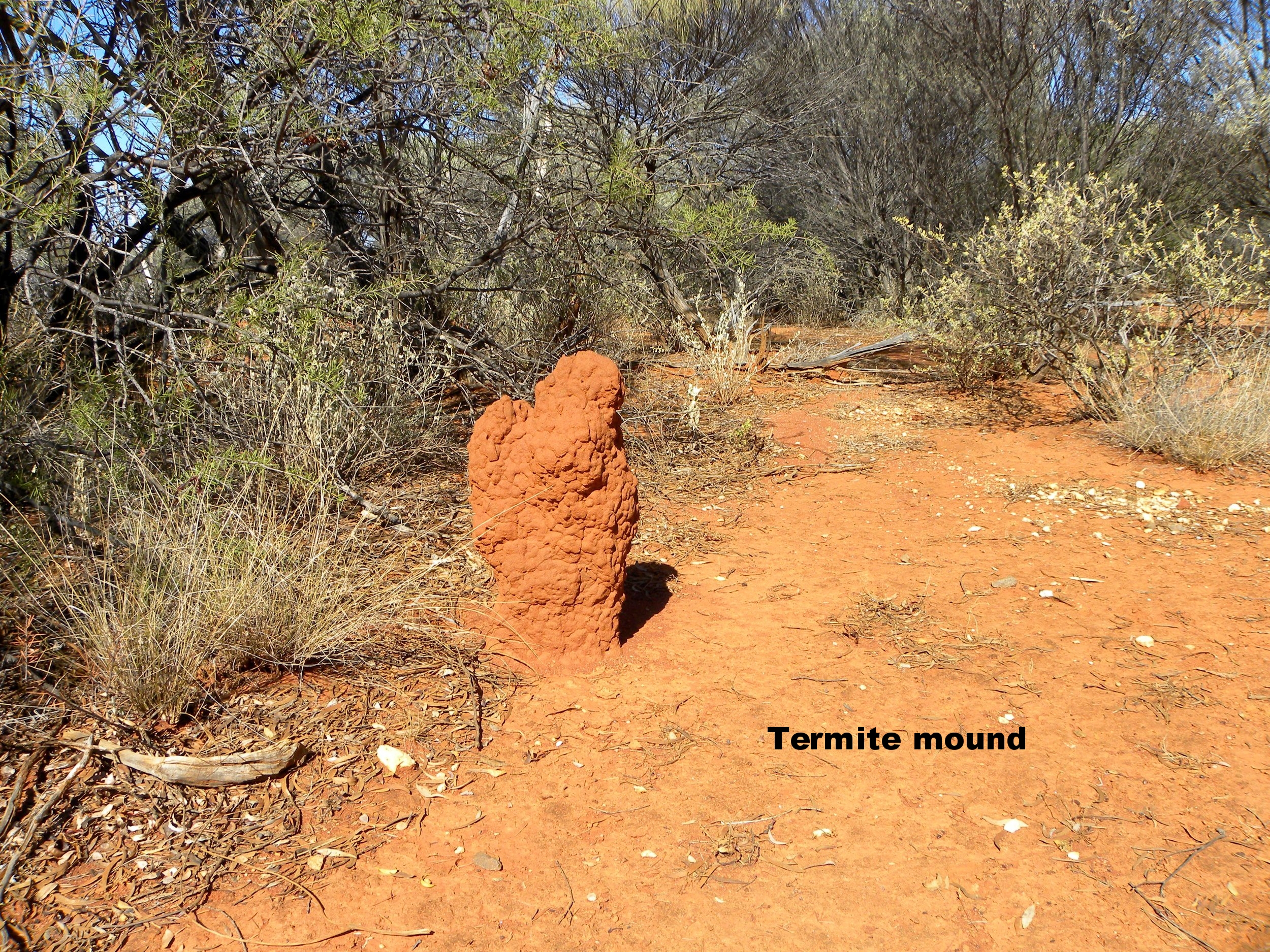
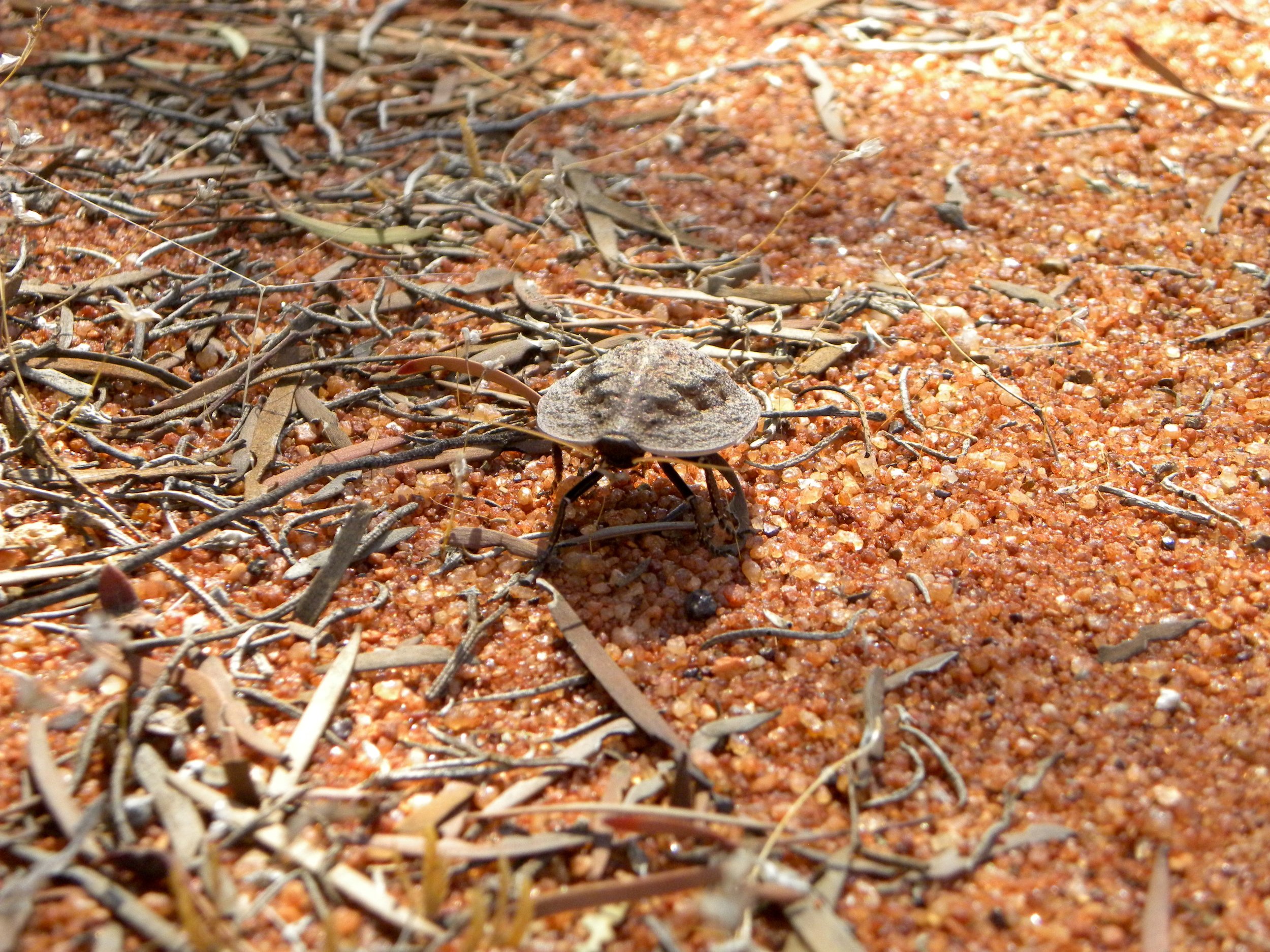
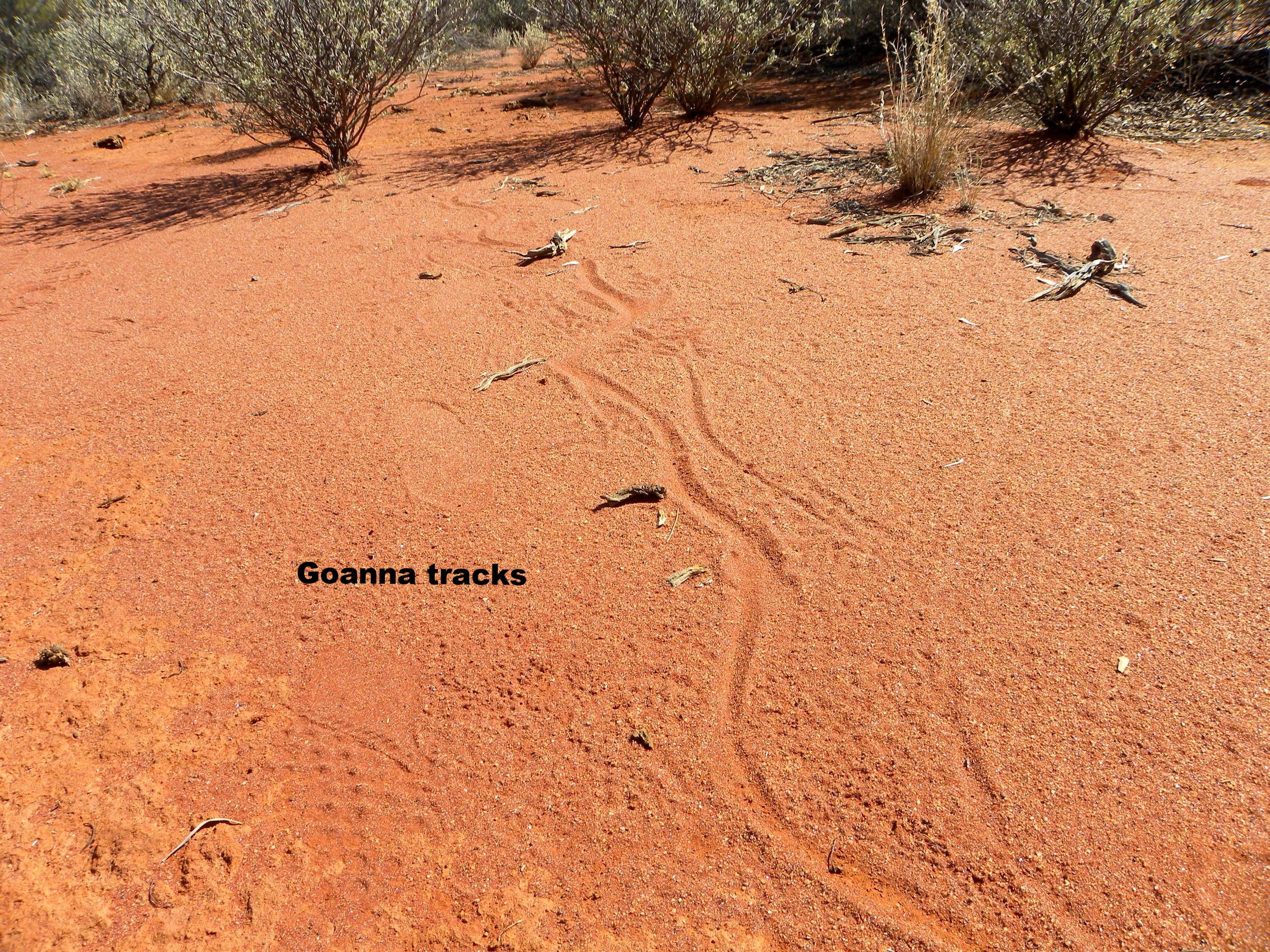
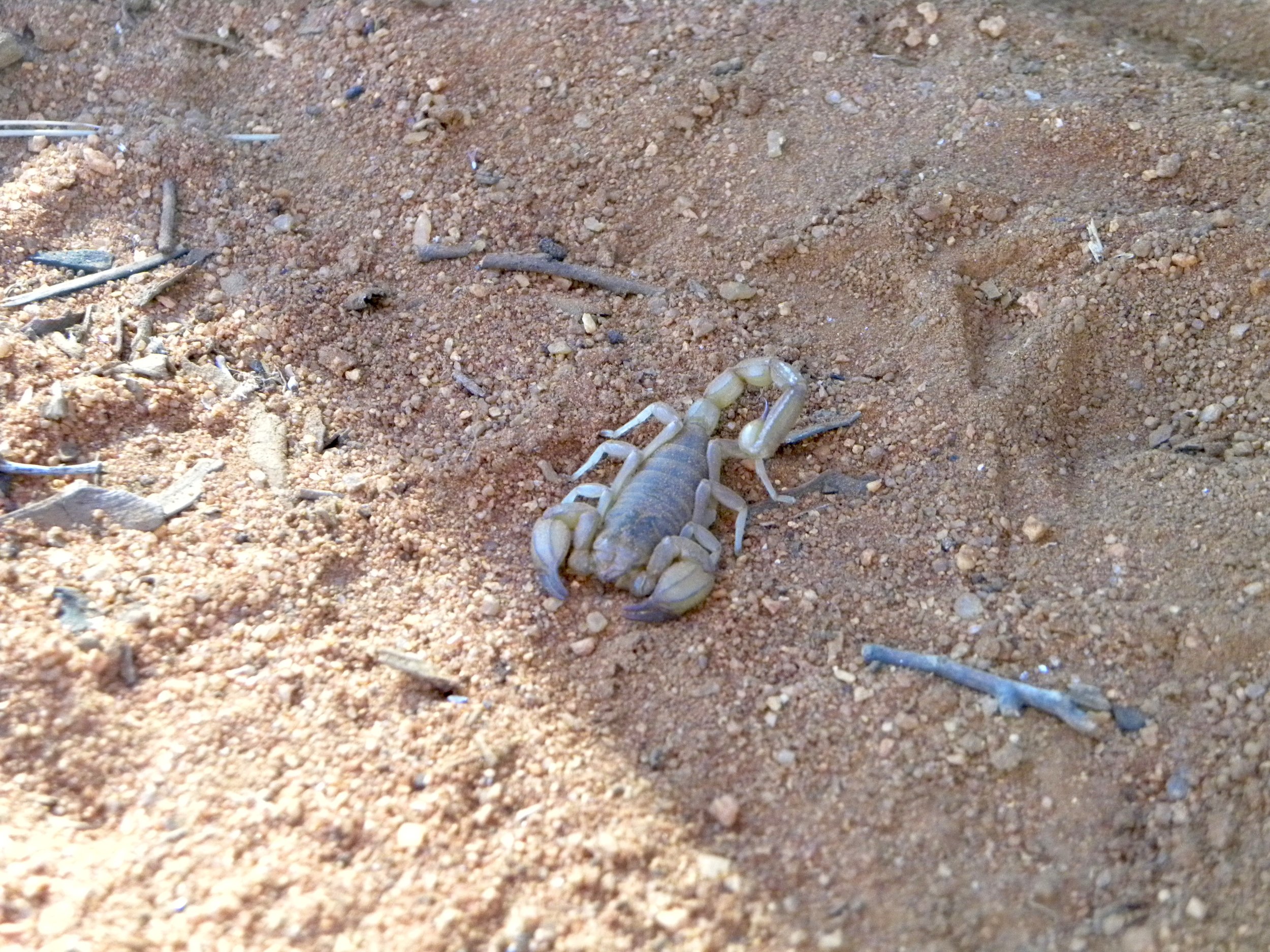
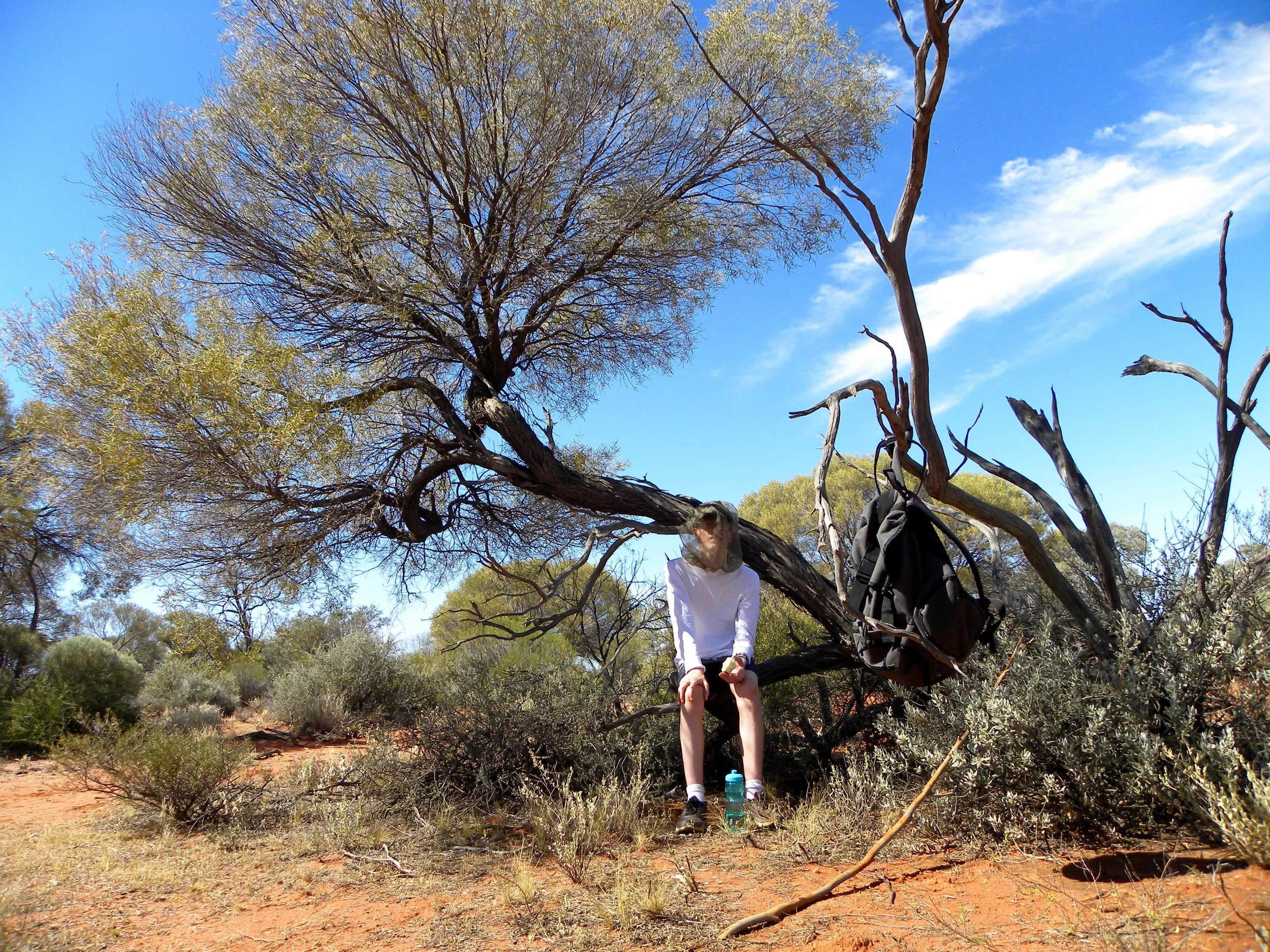
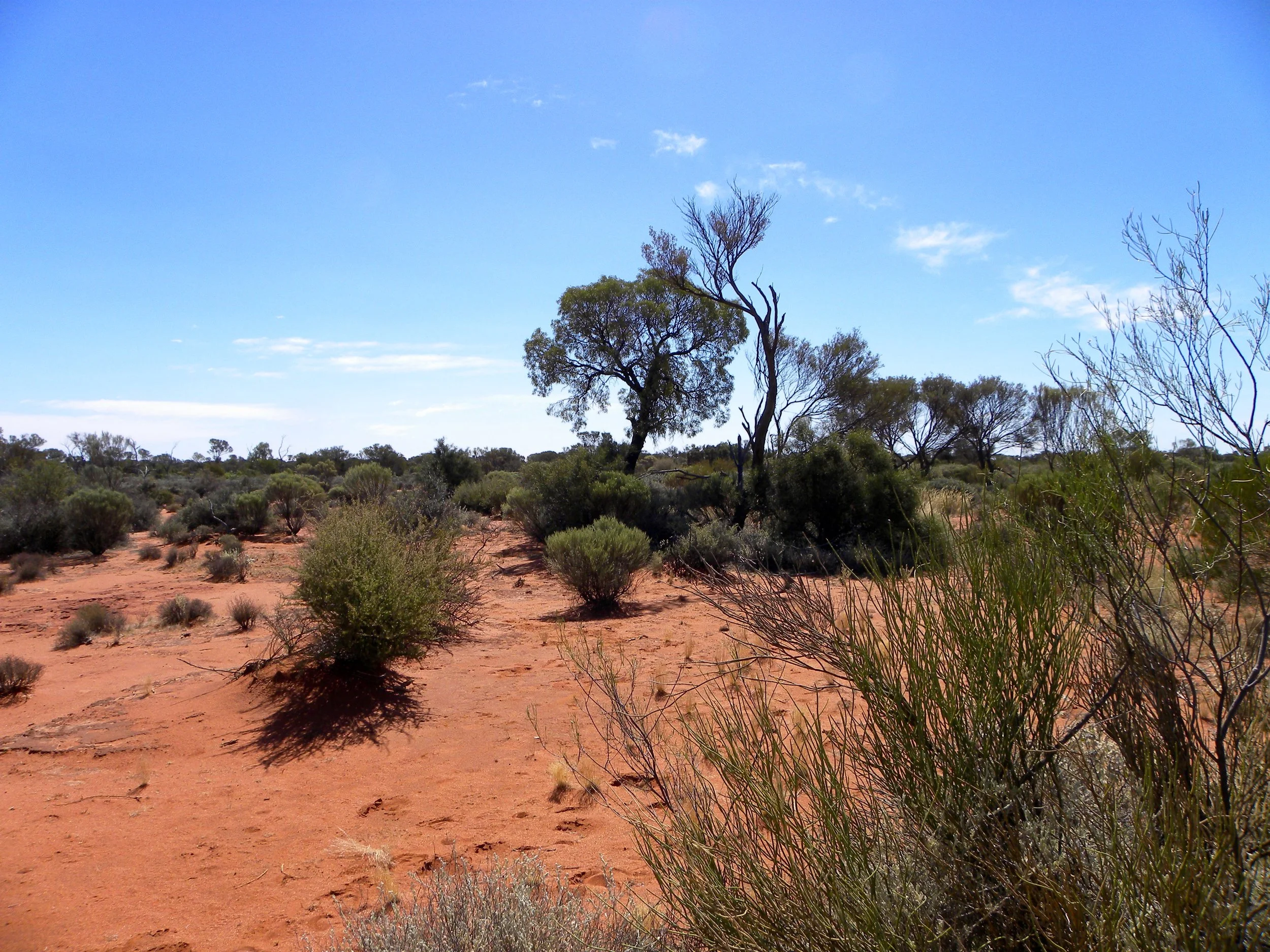
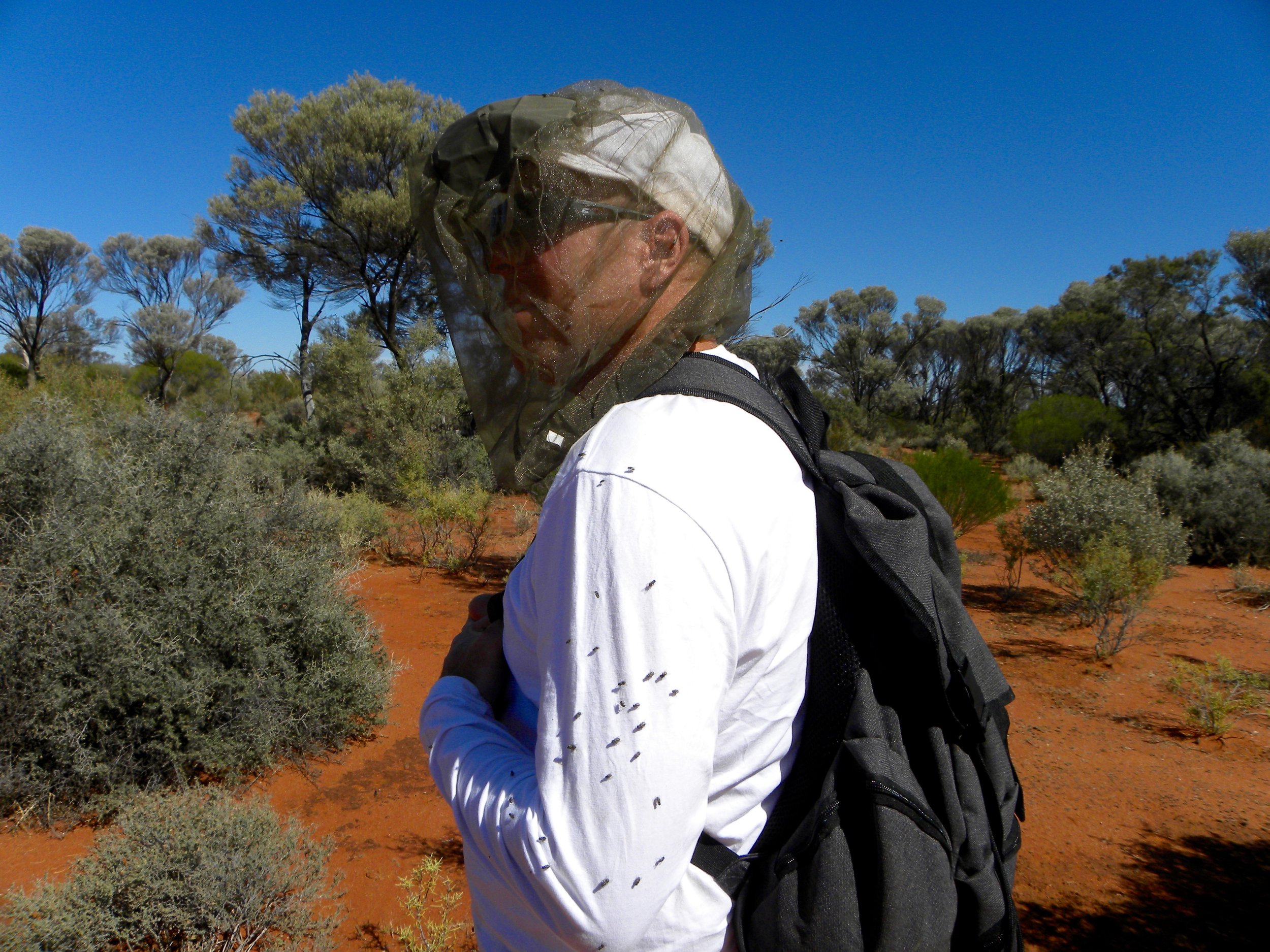
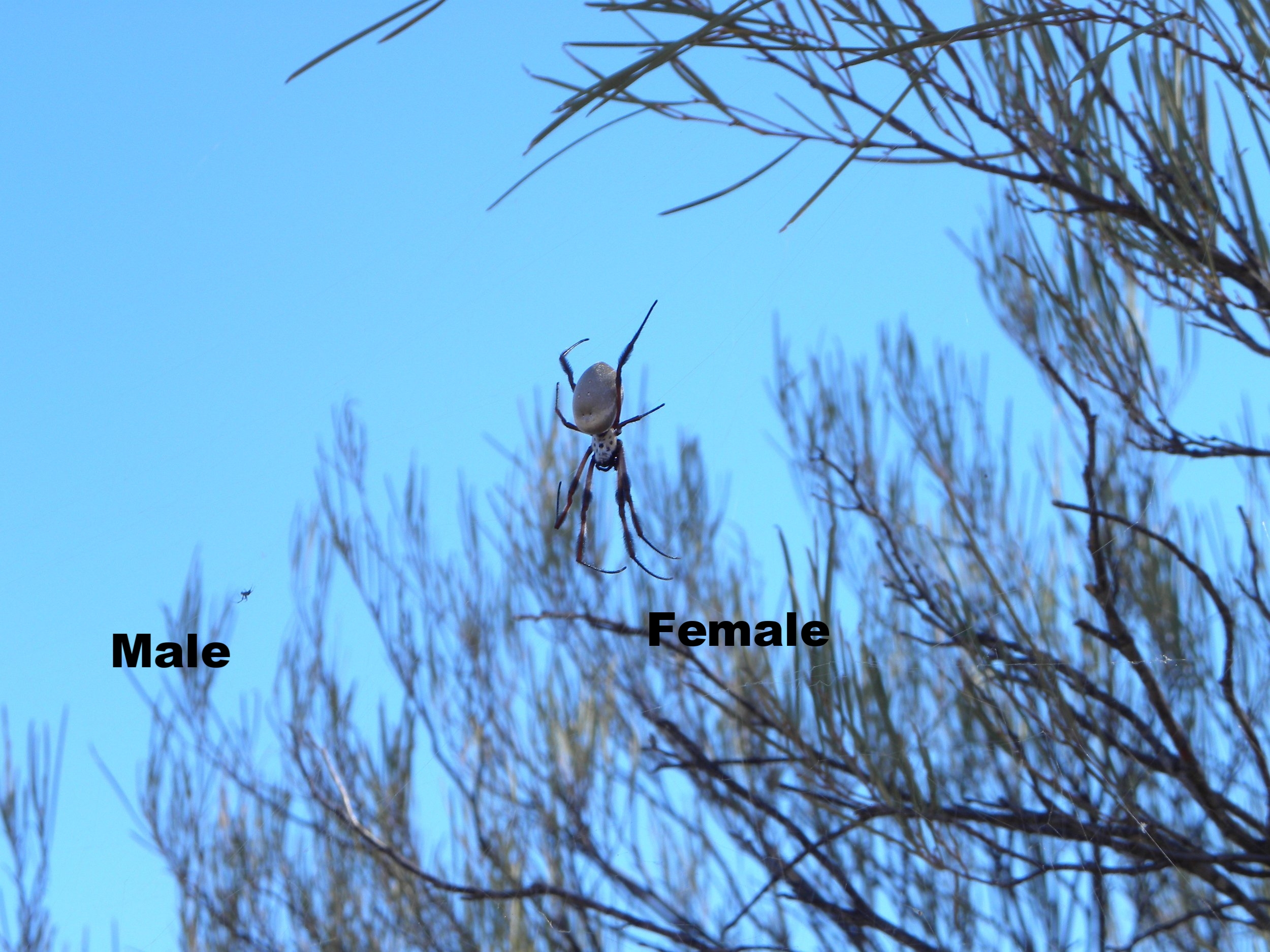
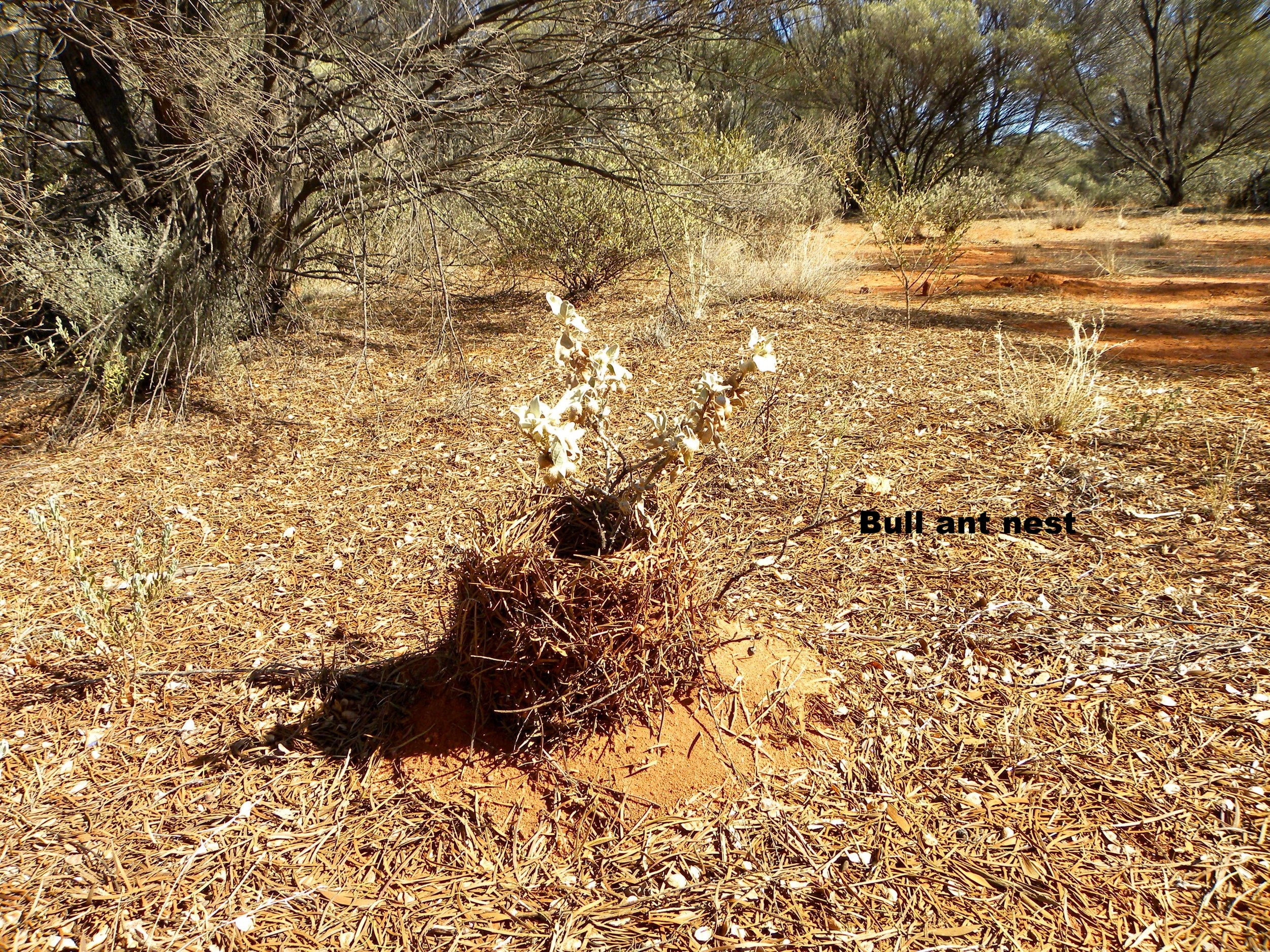
We walked across an fascinating dry lake bed. It was like an alien landscape with its sun-baked, cracked surface and odd succulent plants growing here and there. It was quite large and took about 20 minutes to walk all the way across.
The long bush walk (in the heat of the day and ambushed by flies) pushed the entire group both physically and mentally. Our swags had been delivered to the campsite by our hosts so we were able to collapse and recover for a while. Diner that night was a delicious kangaroo curry prepared on the campfire by our remarkably resilient college students! After a gorgeous sunset we got to see the night sky I had been dreaming about. I did not possess the skills or equipment necessary to capture it with a camera, but in the words of Elaine Benes; "It was spectacular!"
We were serenaded that night by the dingos and slept well.
Greg, our primary aboriginal host was incredibly generous with his time. He spent a lot of time teaching us about his culture and candidly discussing the challenges his people face as worlds collide in these modern times. We sampled some "bush tucker" of honey ants and witchetty grubs, both raw and toasted in ashes. We all sampled the Honey ants but Dave was the only Mitchell brave enough to eat a grub!
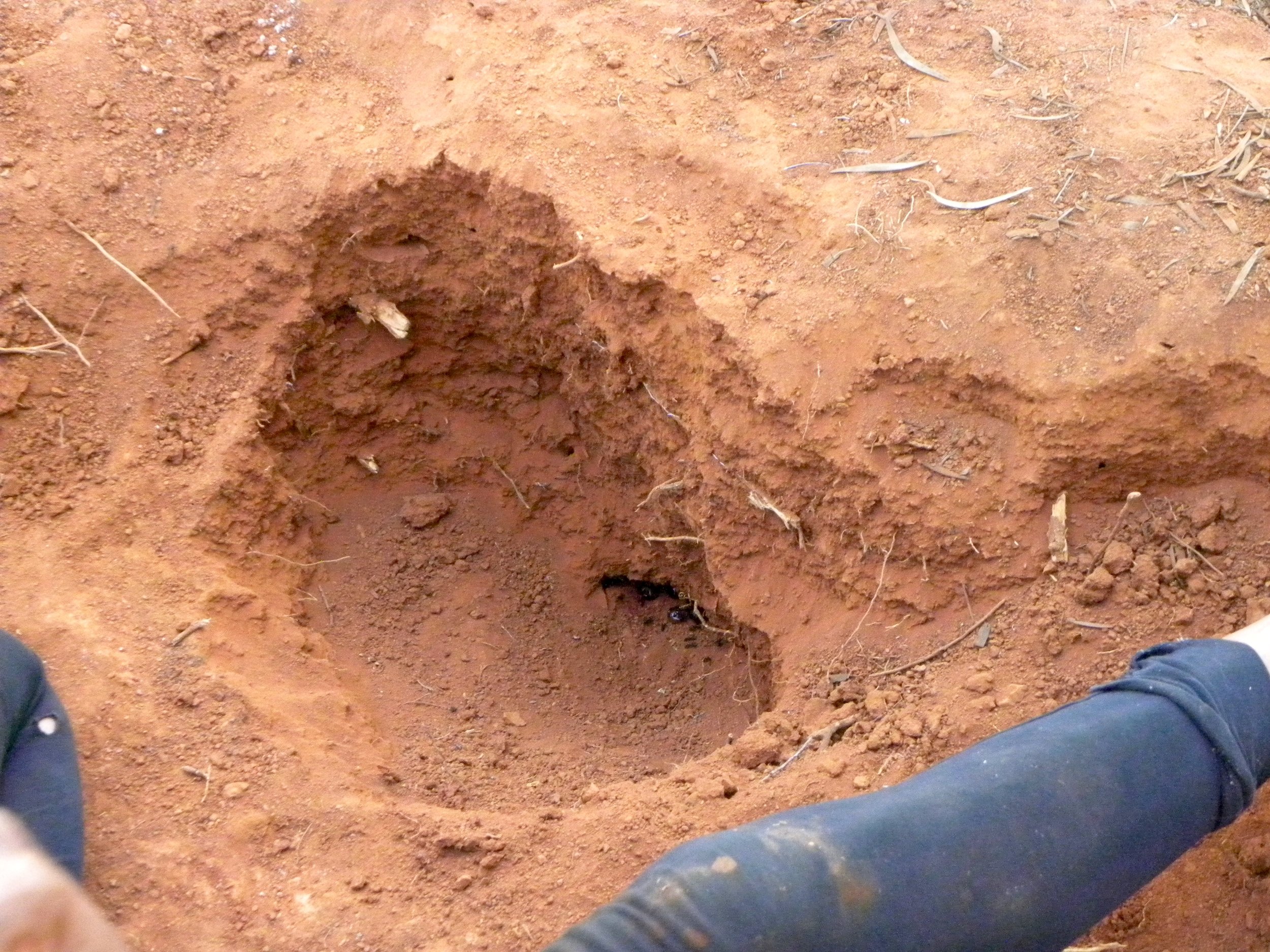
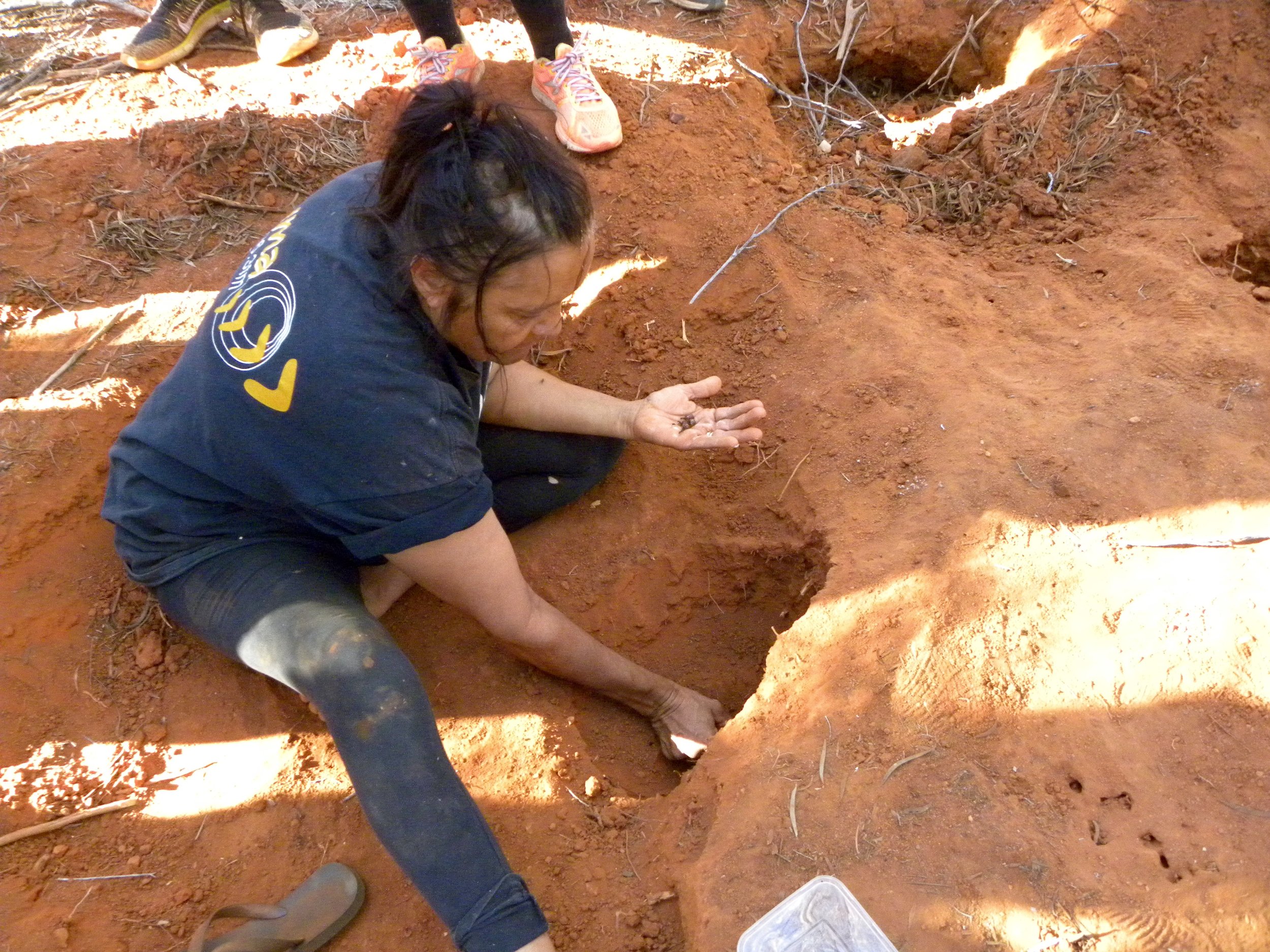
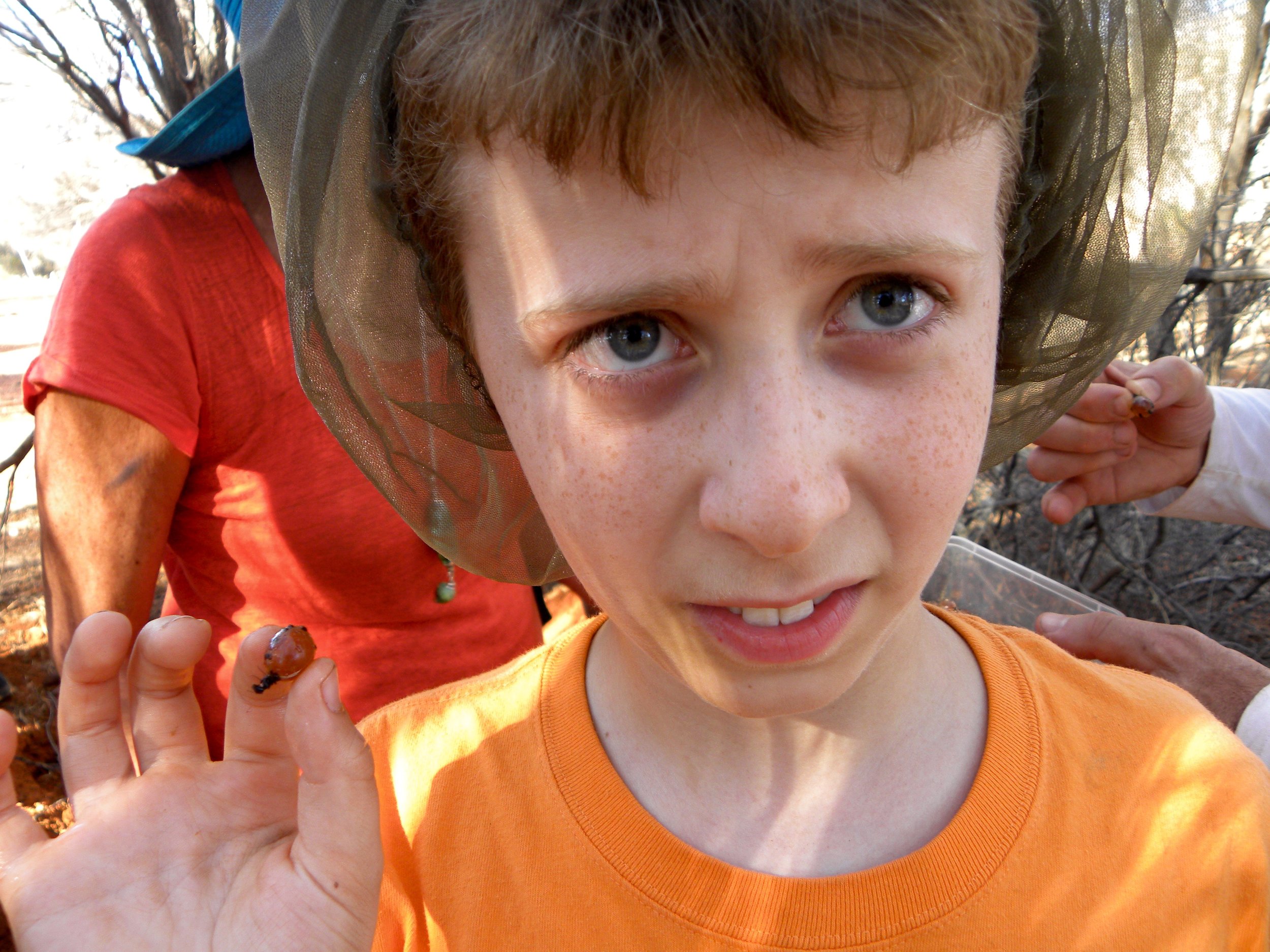
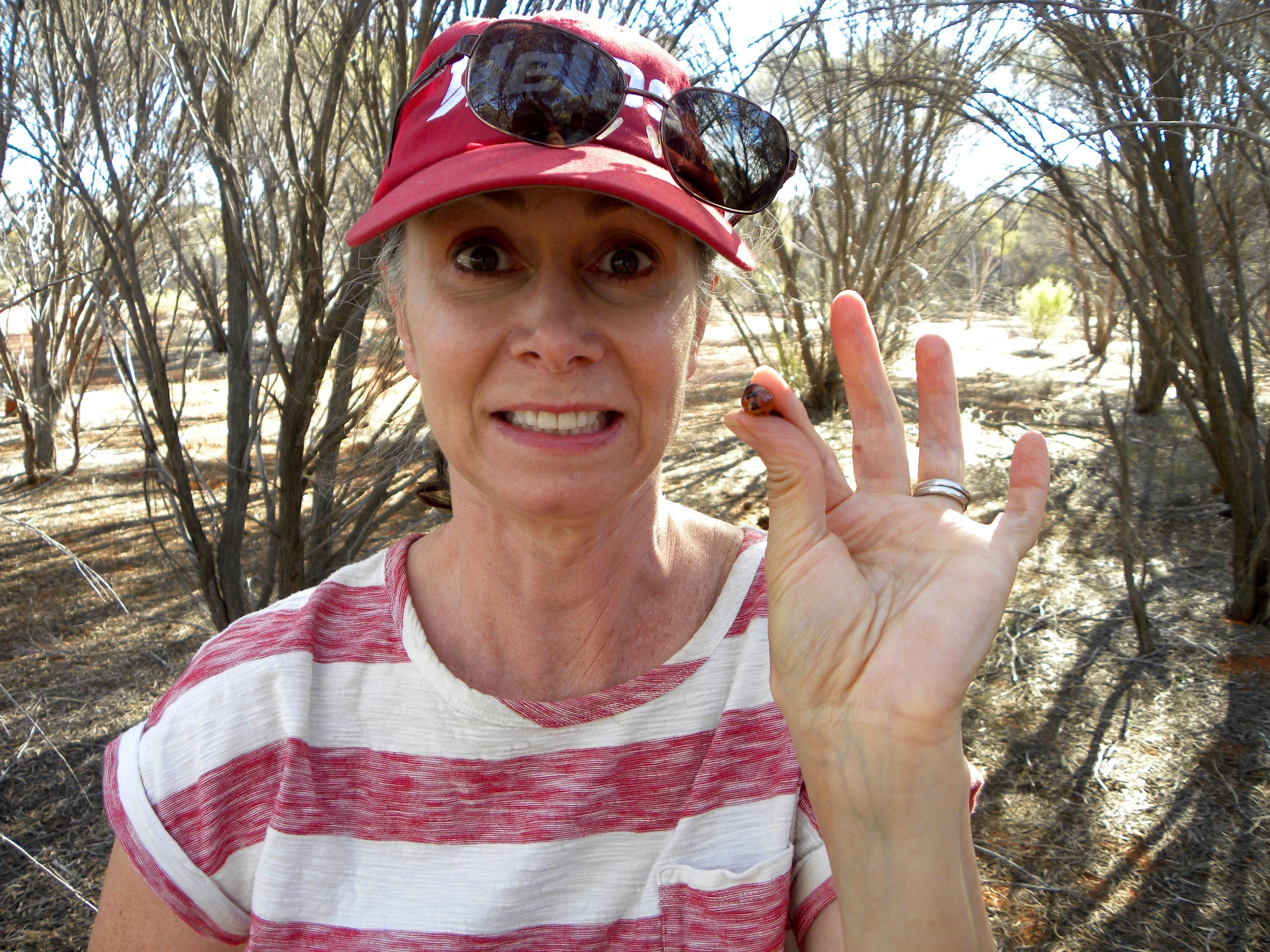
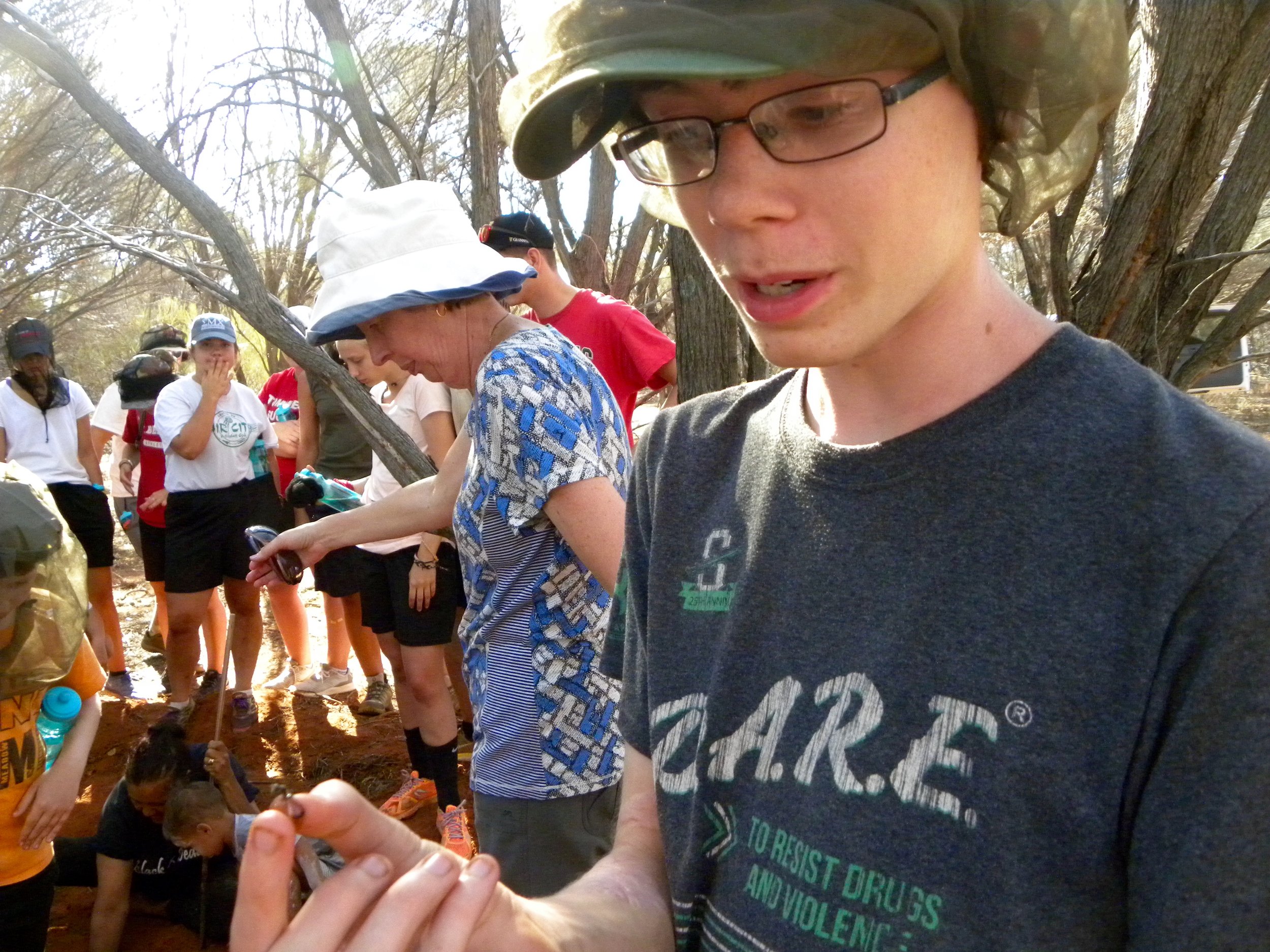
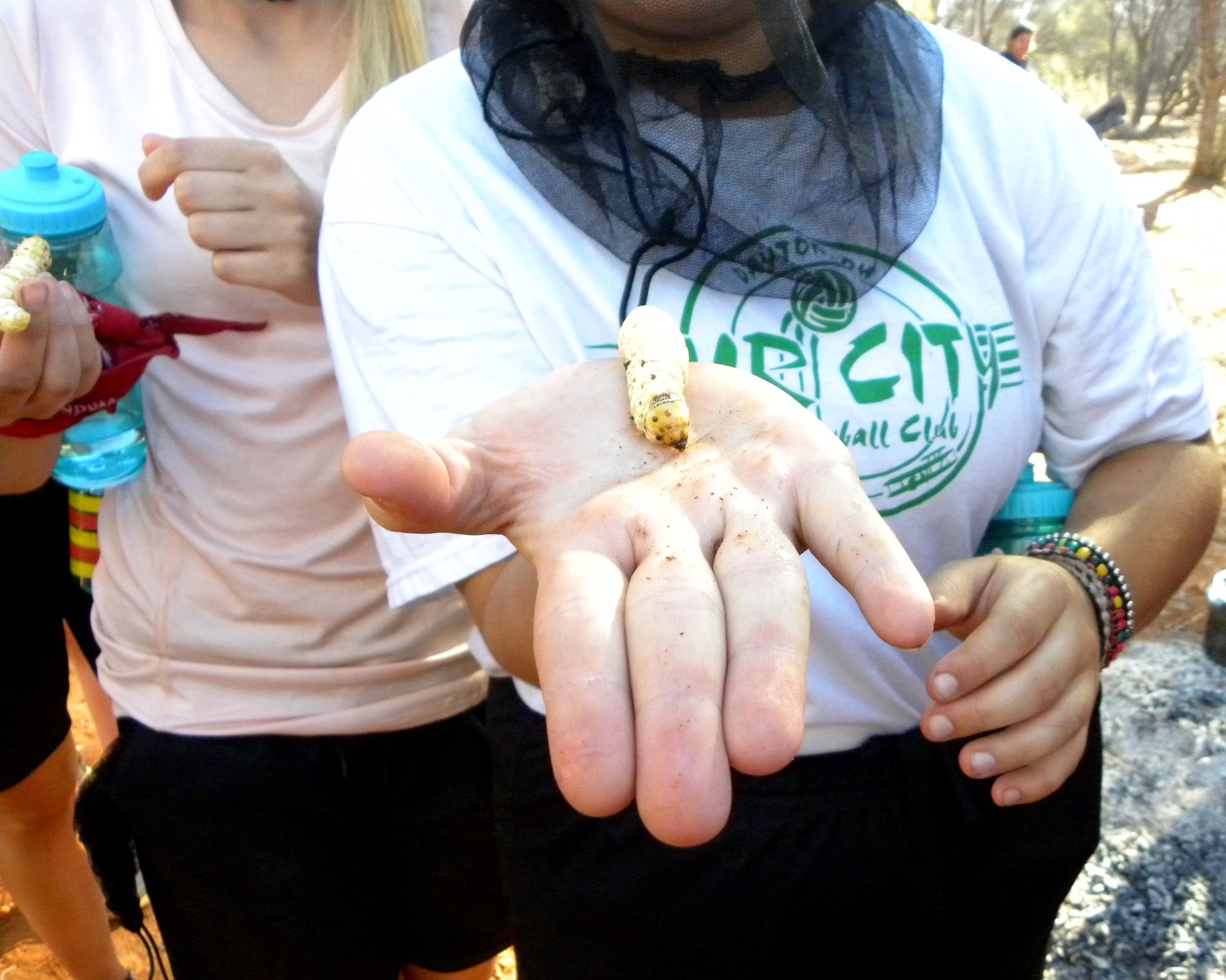




Next day, we visited Gwalia, a boom town in the late 1890's, and home to around 1,000 people who hoped to strike it rich when gold was discovered there. It was also the temporary home of a young mining engineer by the name of Herbert Hoover (later our 31st president) who was hired to evaluate the area's prospects. Hoover noted, "...No other lode country in the world presents such an array of severe conditions which must be struggled against to do cheap mining..." (http://www.gwalia.org.au/museum/history/?PHPSESSID=95fcb93ead9a908620a72828c4ad46d5). Today the population of Gwalia is around 15-20 hardy individuals. The original town site is preserved as a sort of ghost town that gives visitors an idea of what the lives of miners and their families were like at the turn of the 19th century. The gold mine still operates today on a reduced schedule.
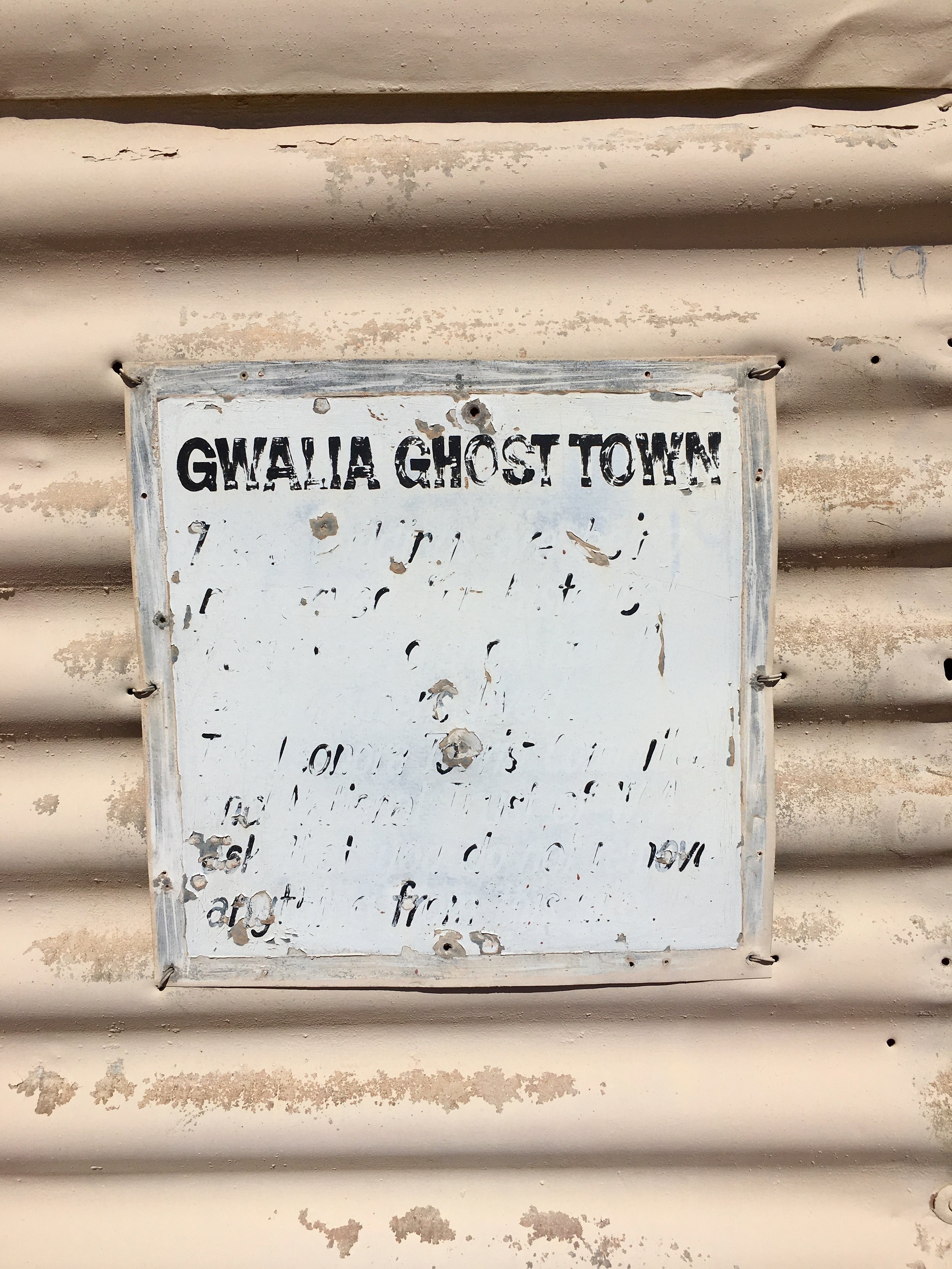
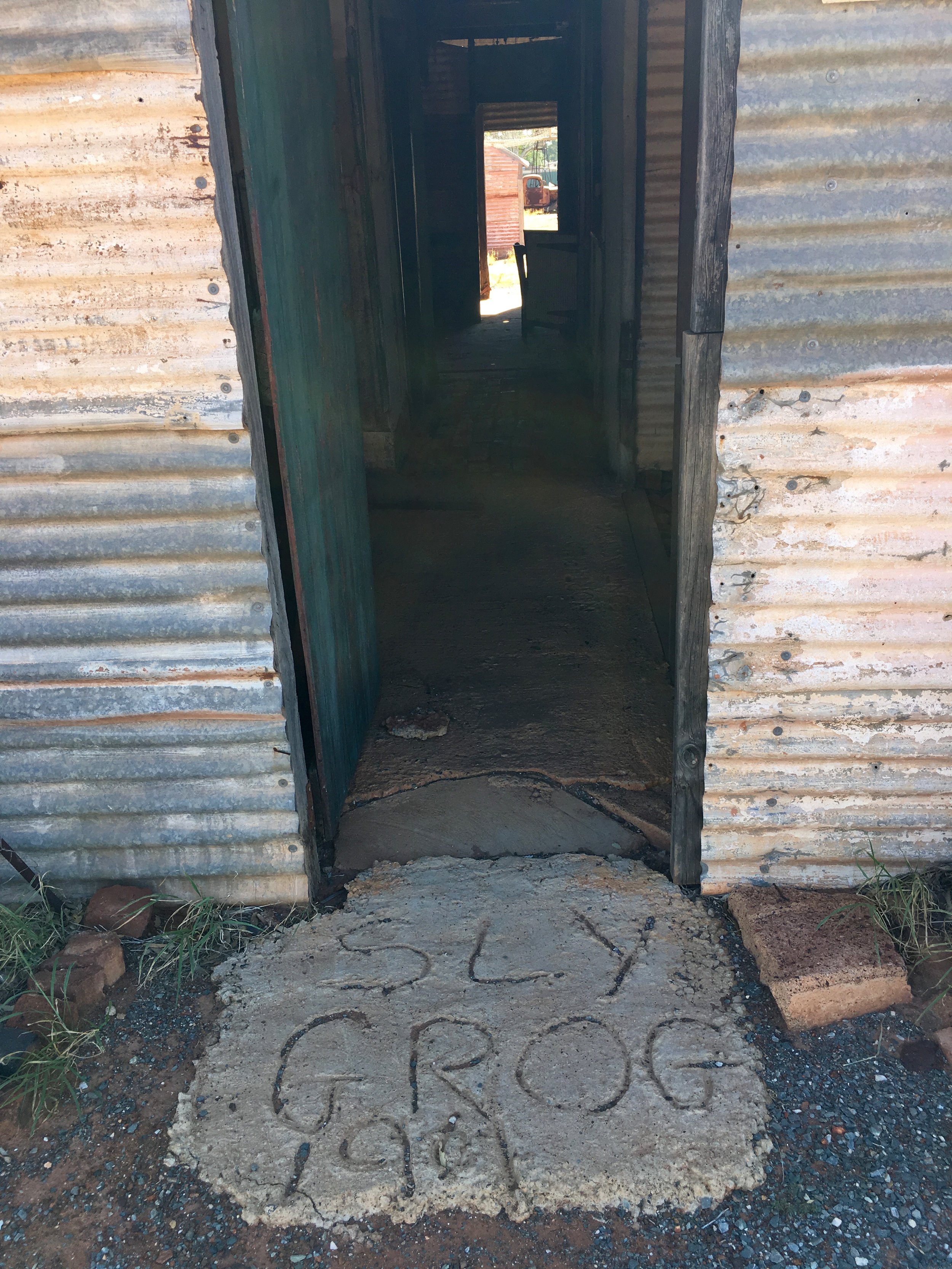
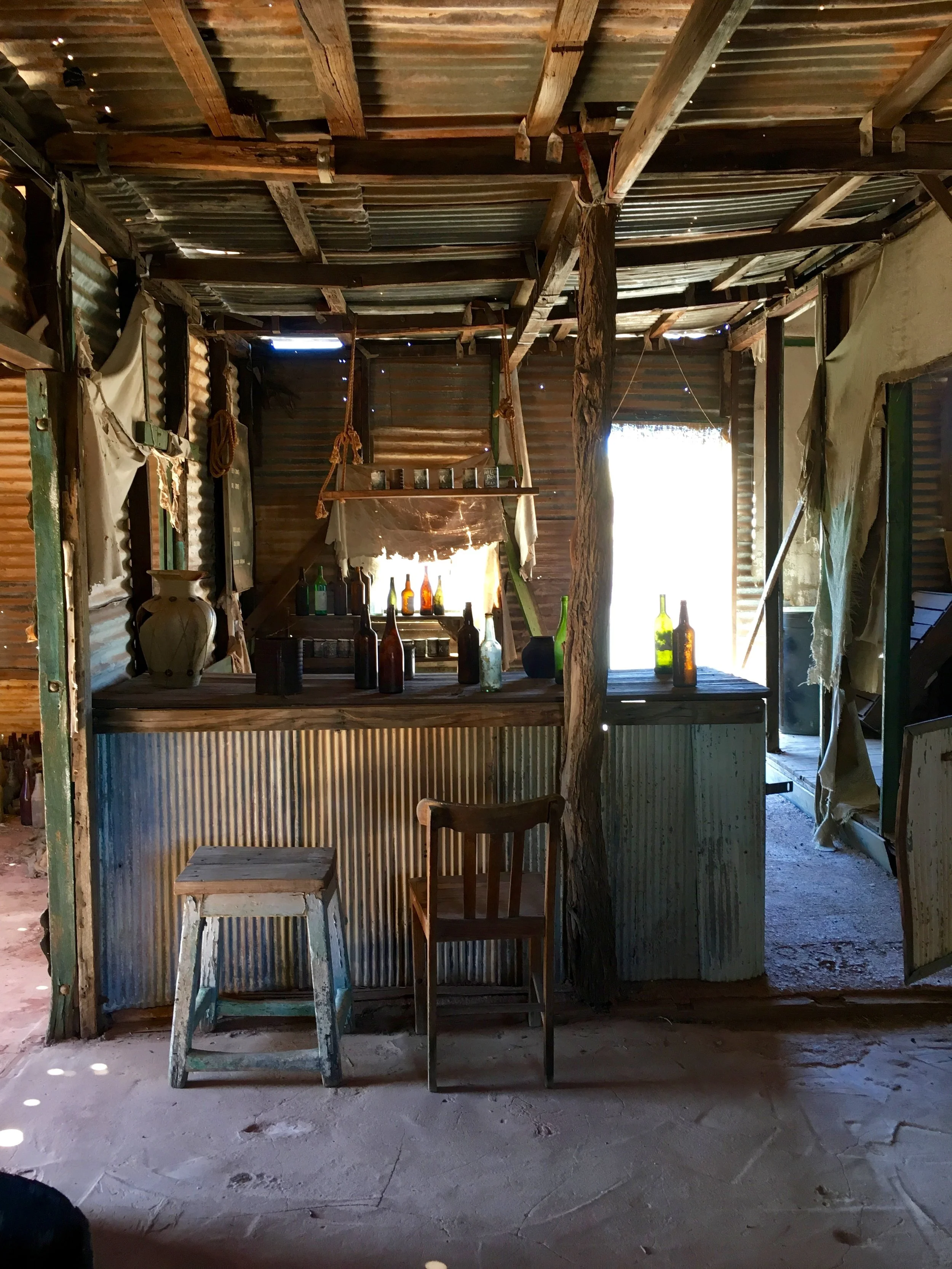
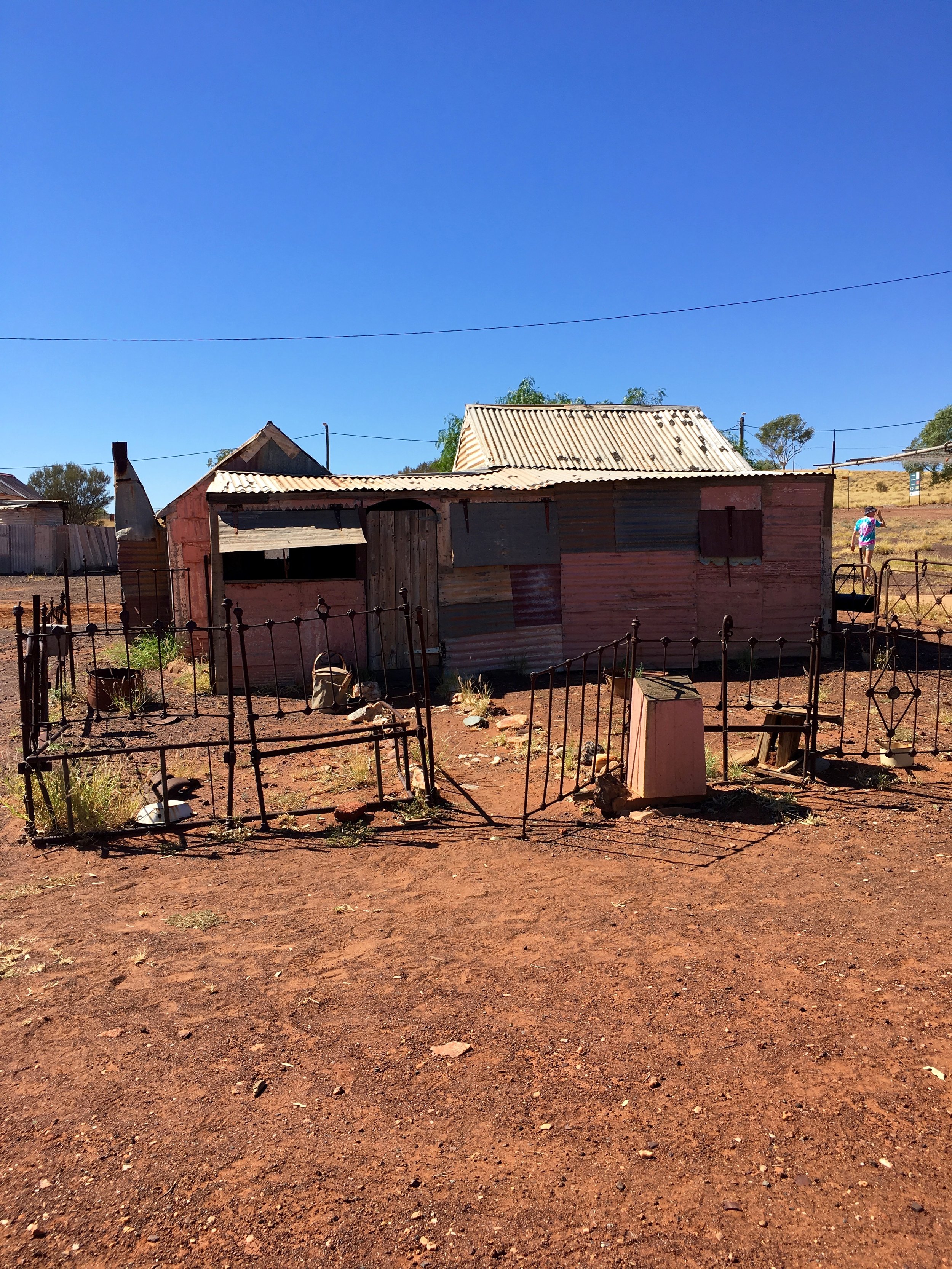
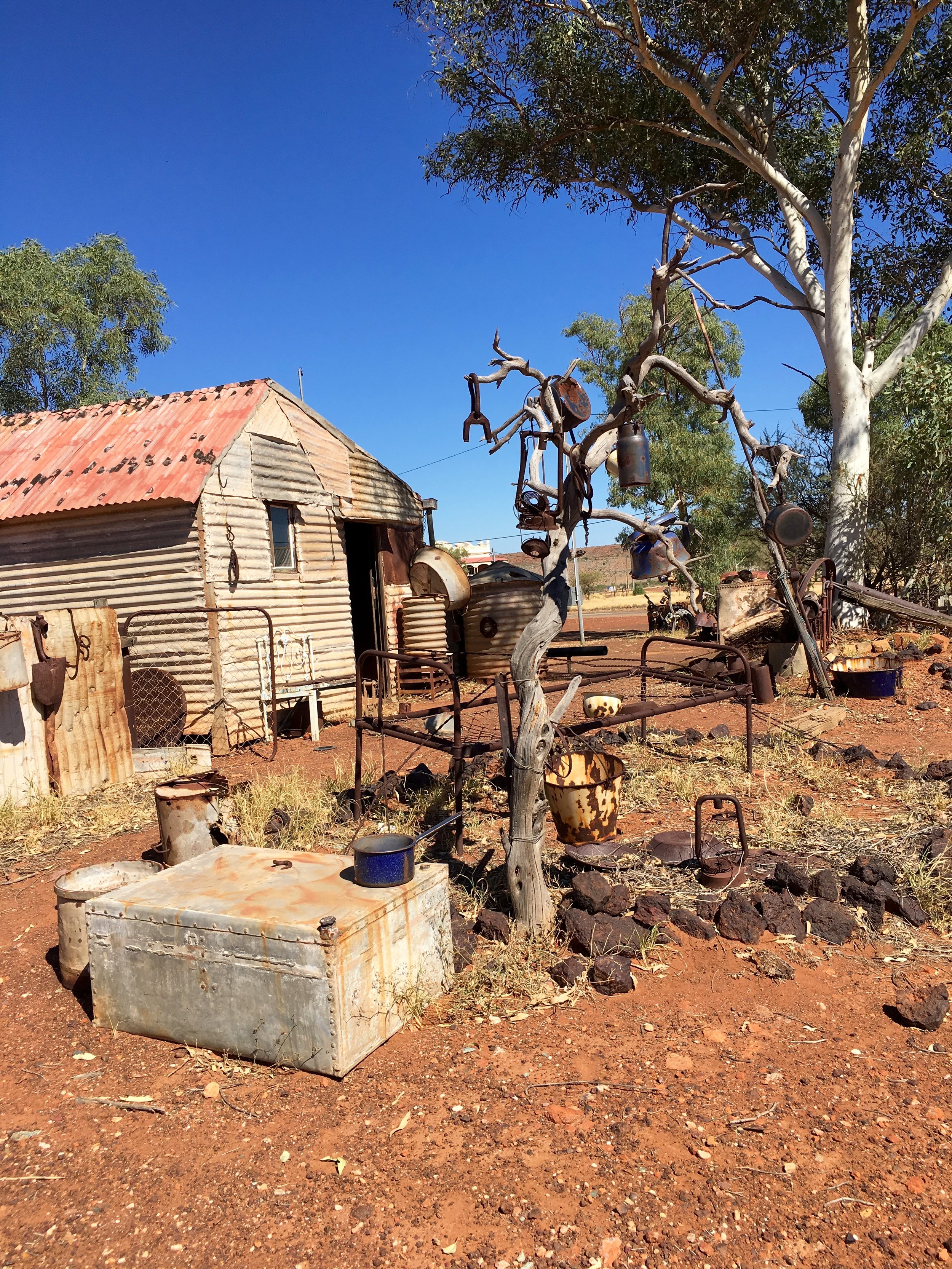
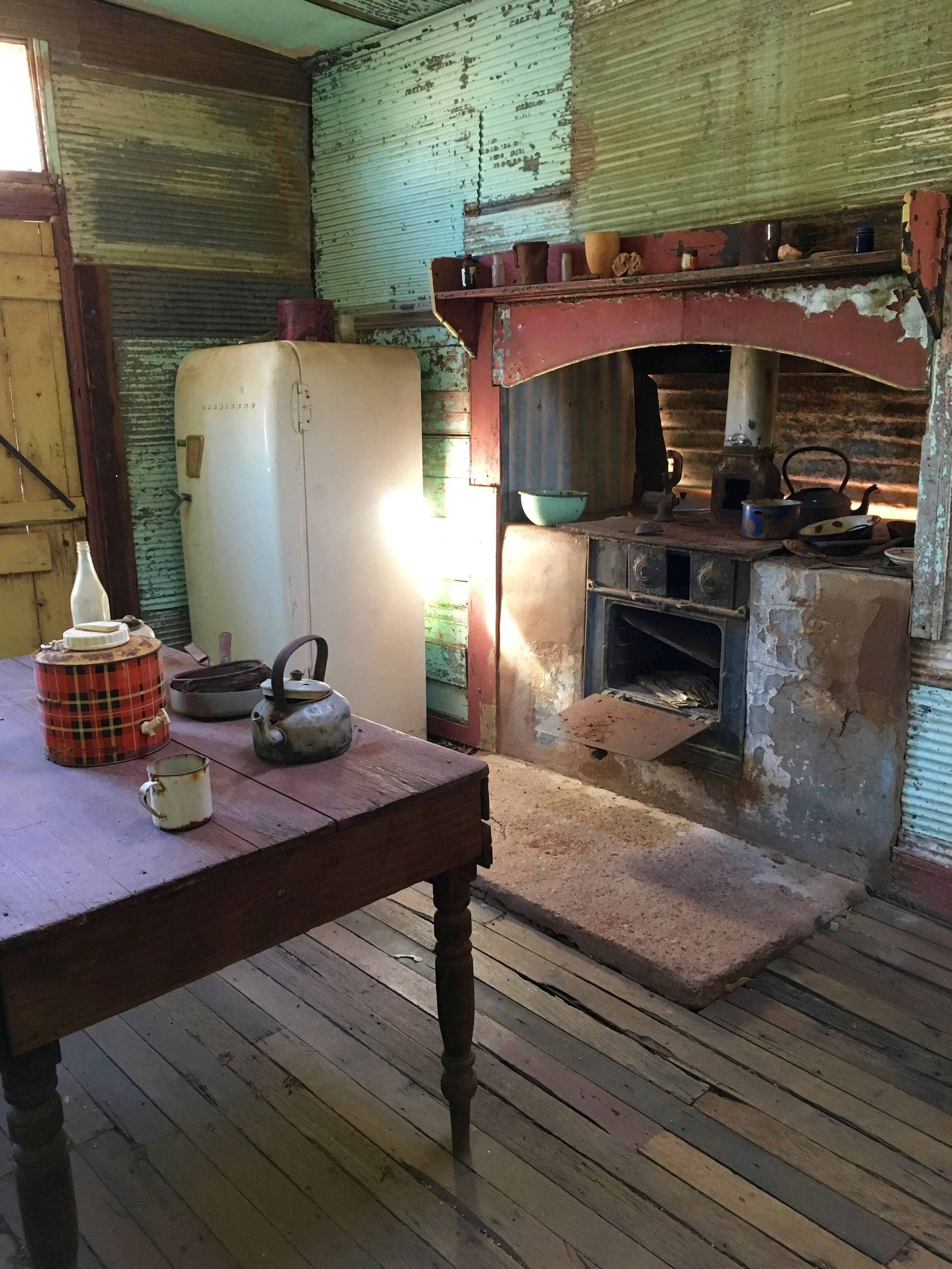
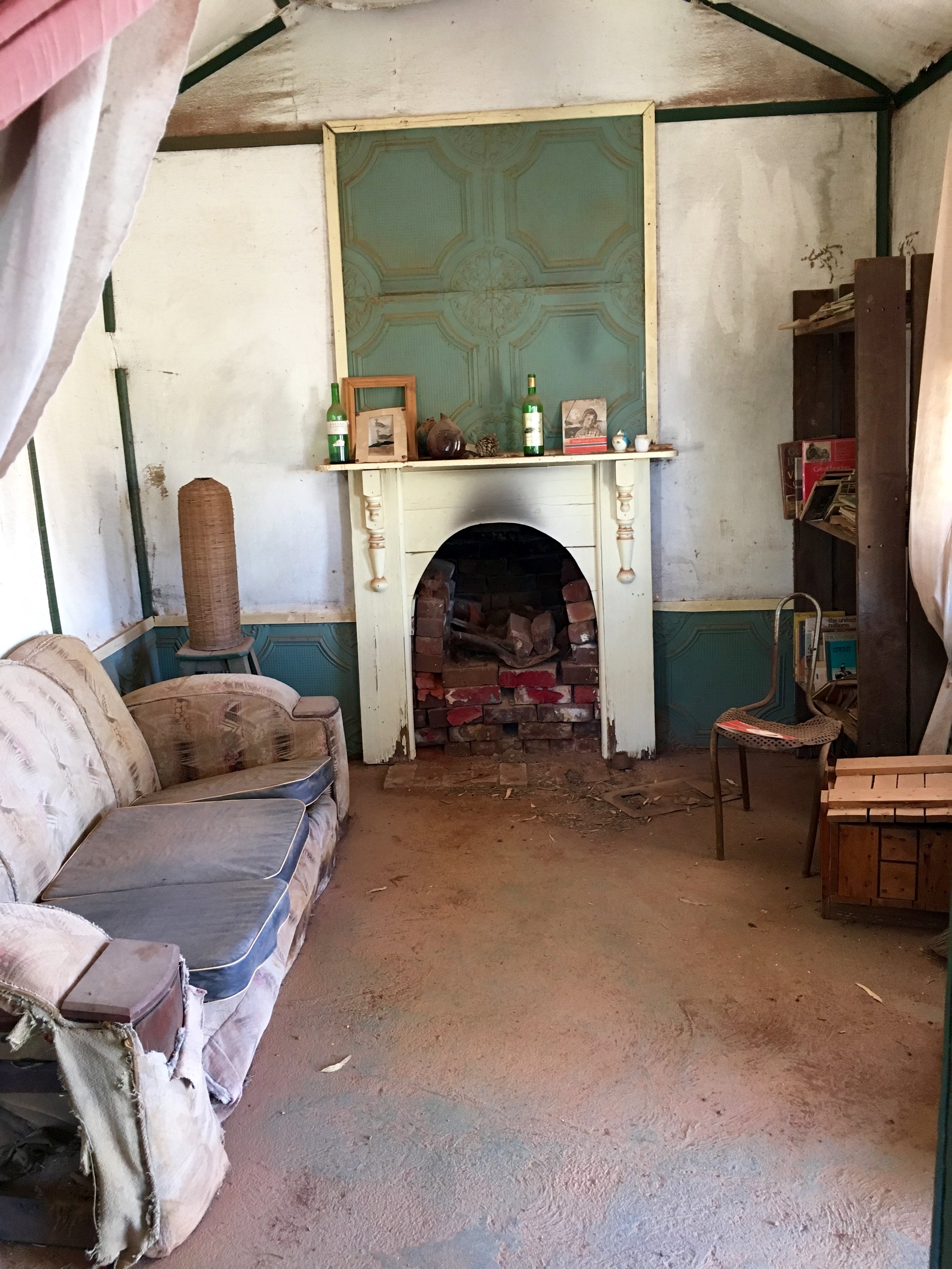
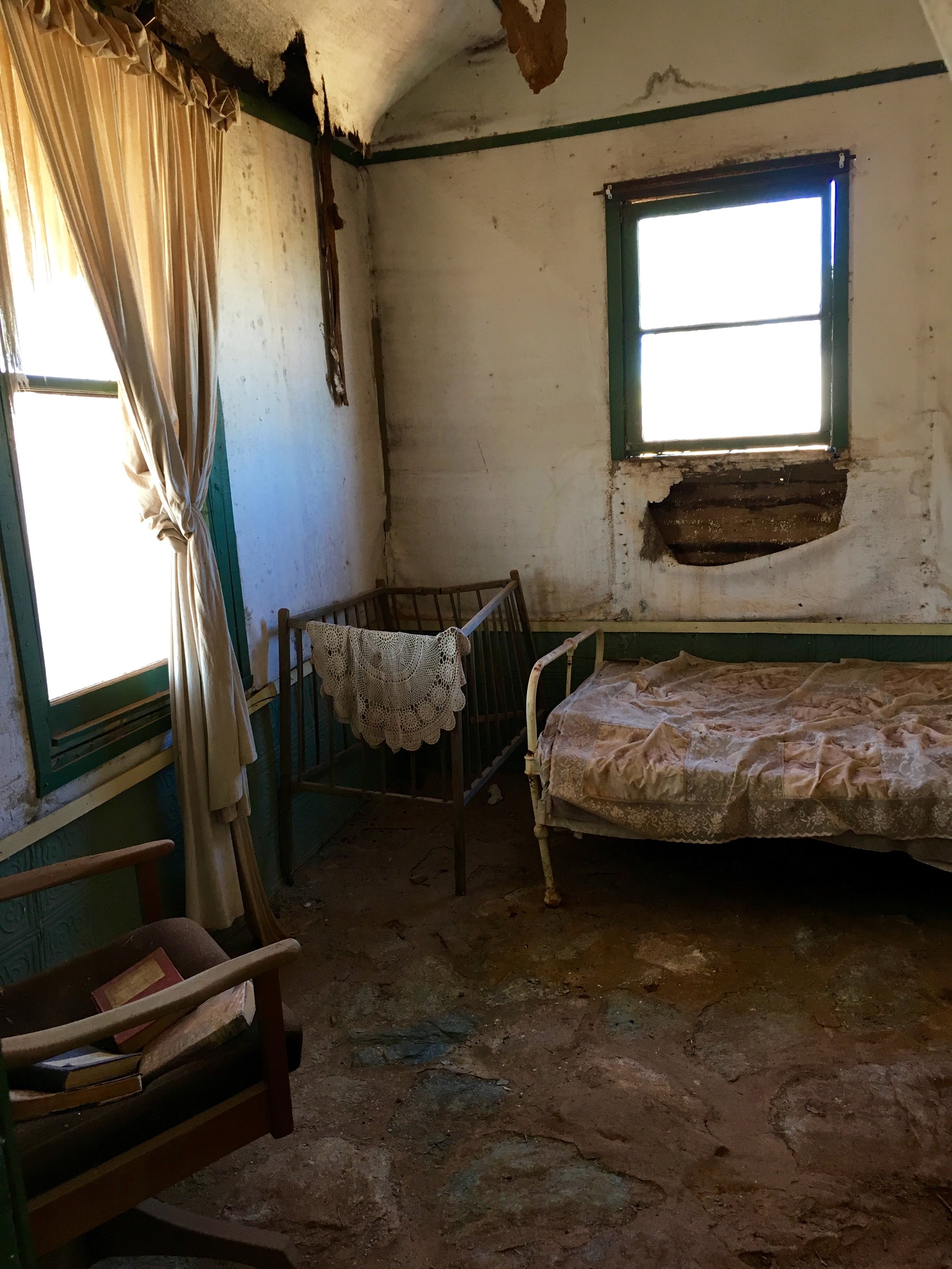
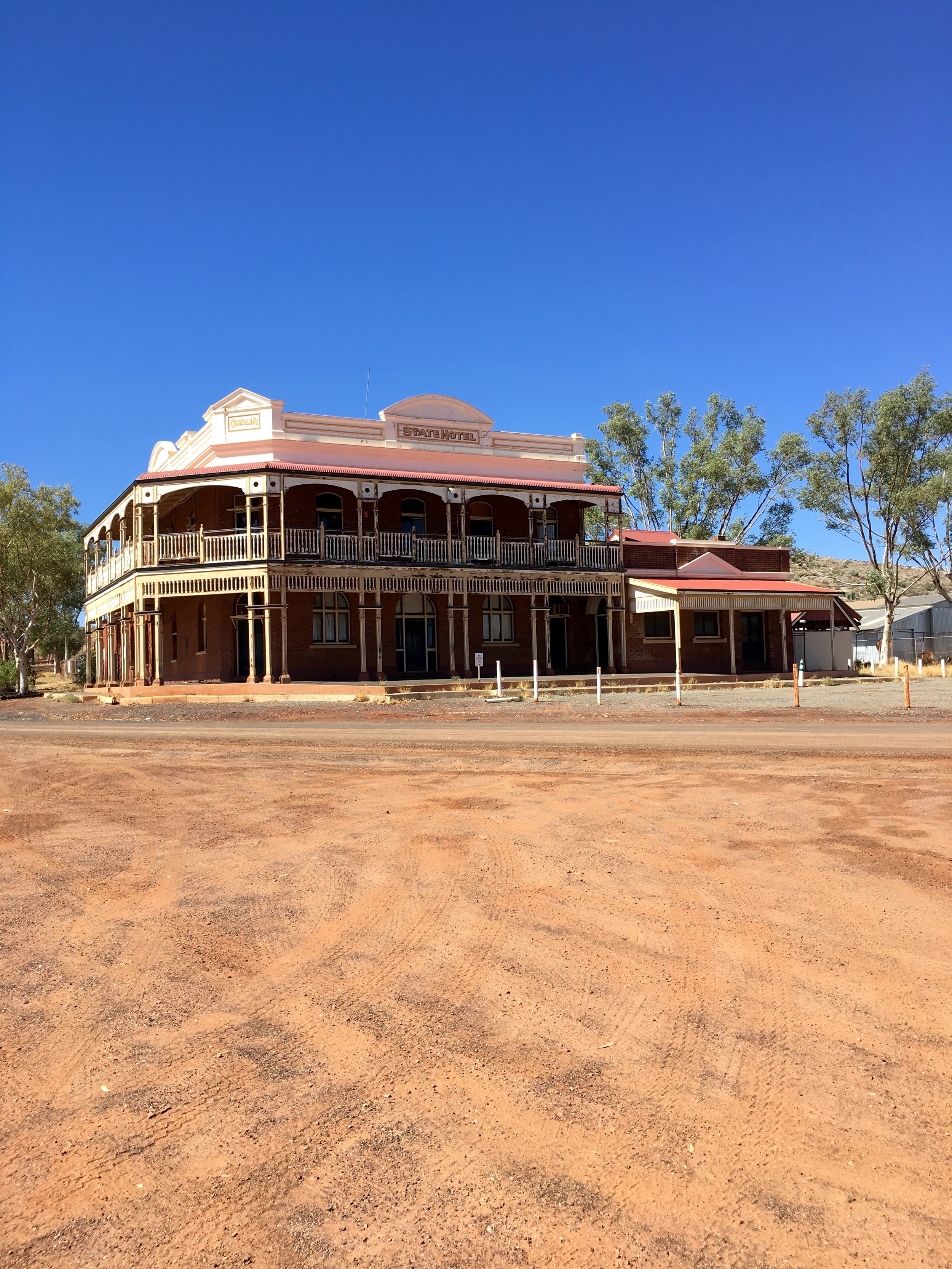
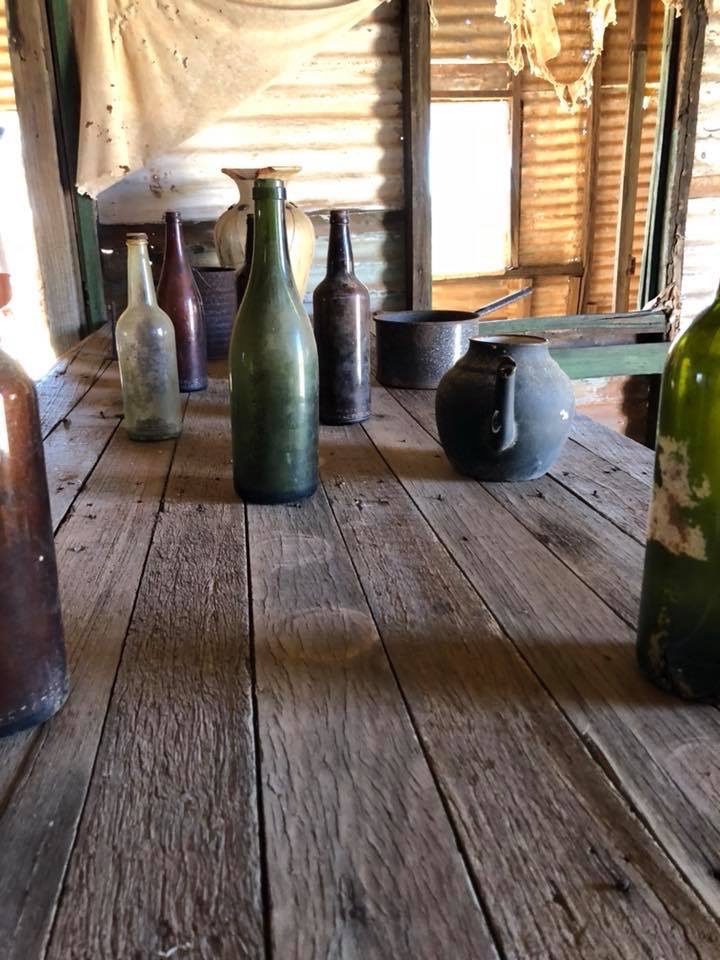
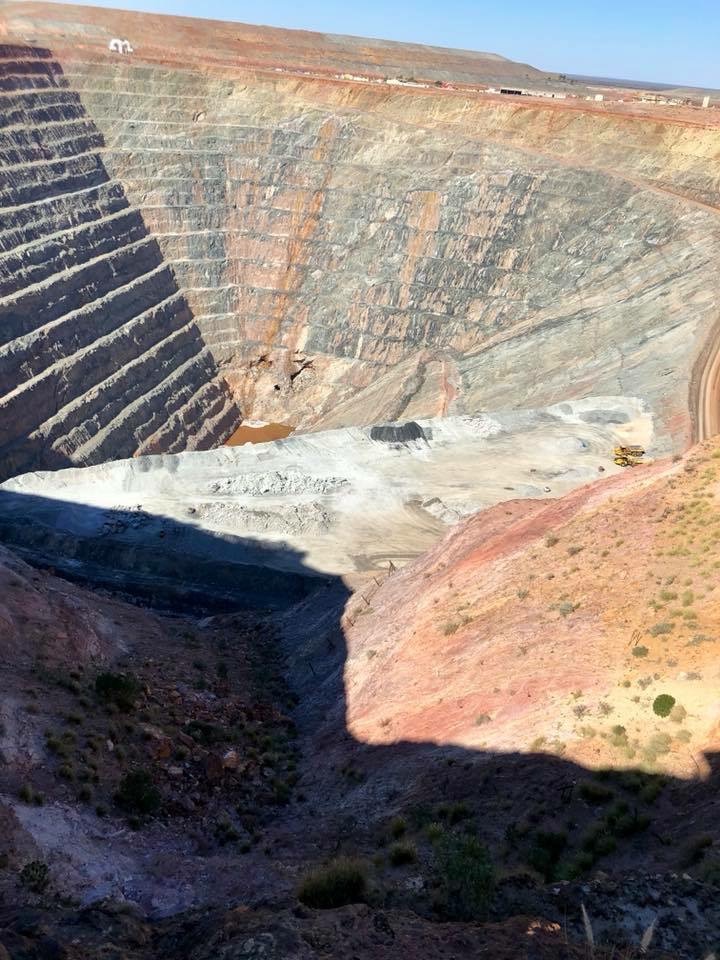
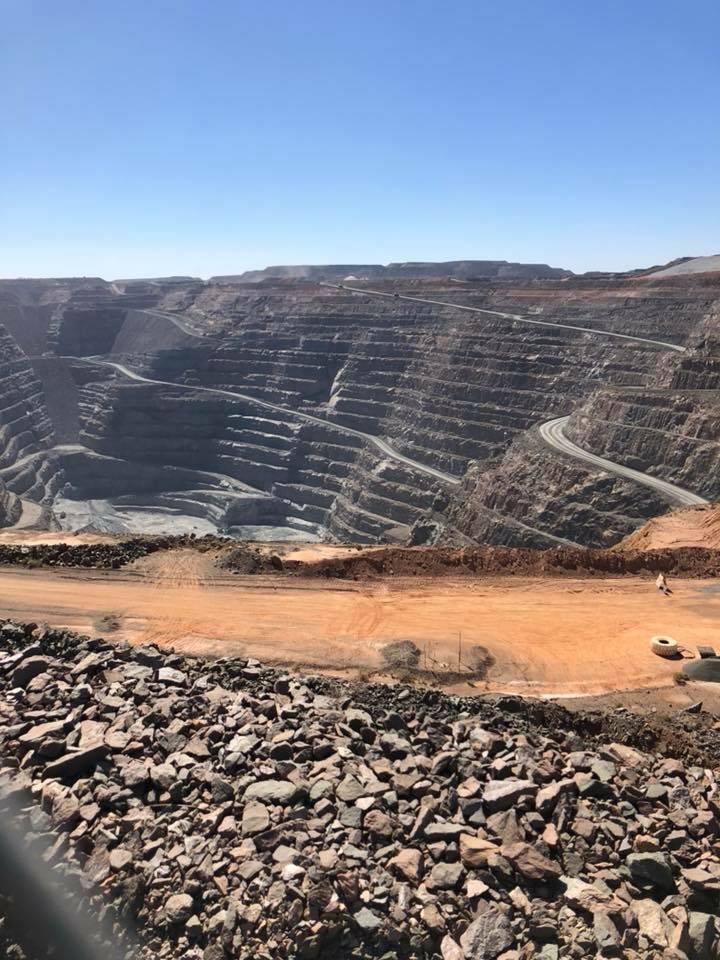
Our next destination was Lake Ballard, a 10 square kilometer shimmering salt lake, think 'dry lake bed covered in a salt crust.' (https://traveloutbackaustralia.com/lake-ballard-goldfields-western-australia.html/) It's not surprising that such a surreal landscape is sacred to the local indigenous Wongi/Wangkatha people. The lake is tied to one of their origin stories, the Seven Sisters Dreaming. Adding to the eerie landscape is an art instillation of 51 iron sculptures spread across the lake bed. The 51 statuettes are meant to represent the 51 people living in the nearby town of Menzies. The artist made a three dimensional, exact-height body scan of each person on which he based the sculptures. They are quite spread out over the lake bed but you can see tracks through the salt where visitors have walked from one statue to another. The salt sparkled in the sun and crunched under our feet, reminding us all of the winter we might have had back in Minnesota! A climb to the top of an island in the lake brings you to a perfect spot soak in the unusual view, and to see the initials you scratched into the lake bed!

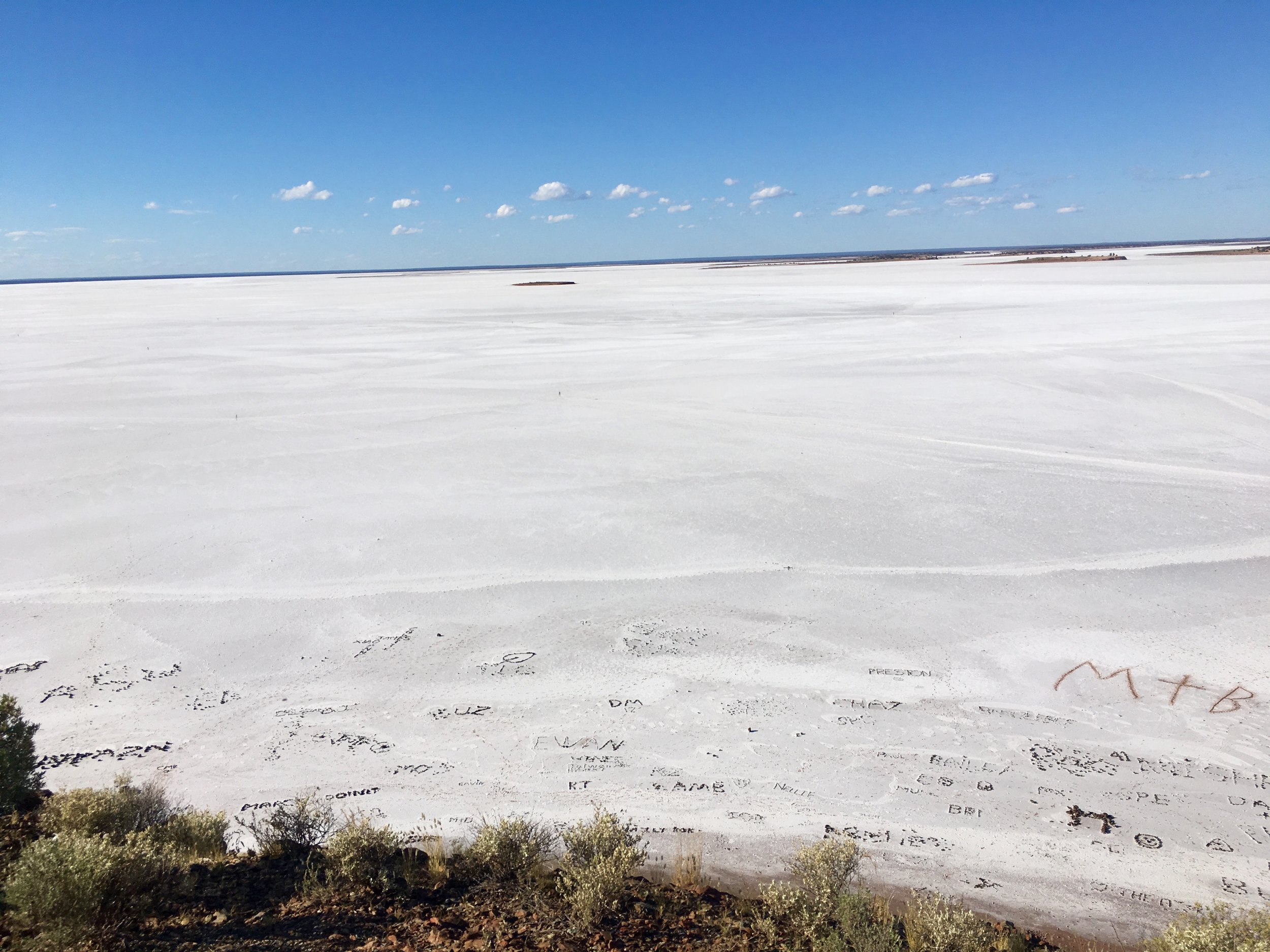
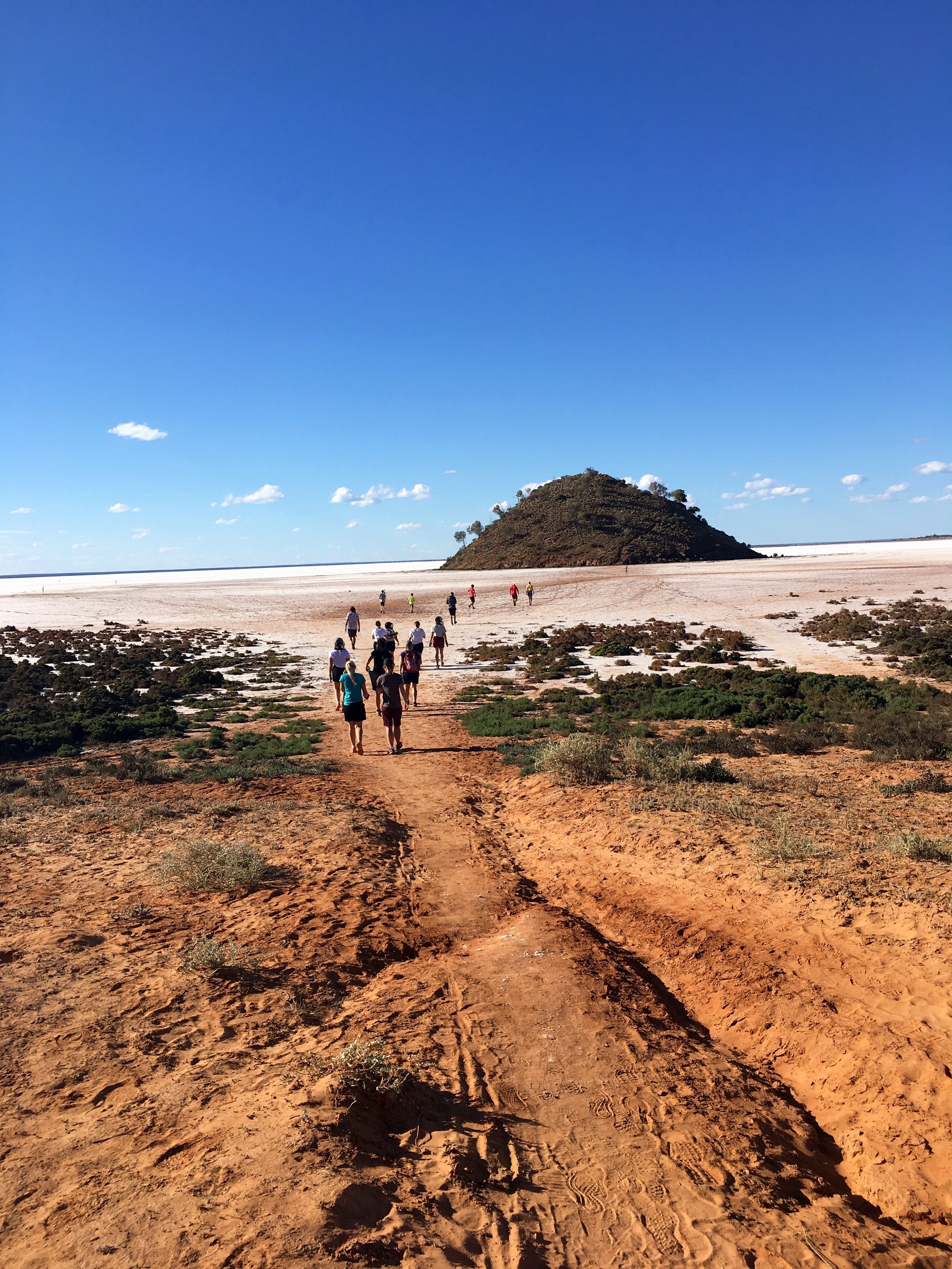
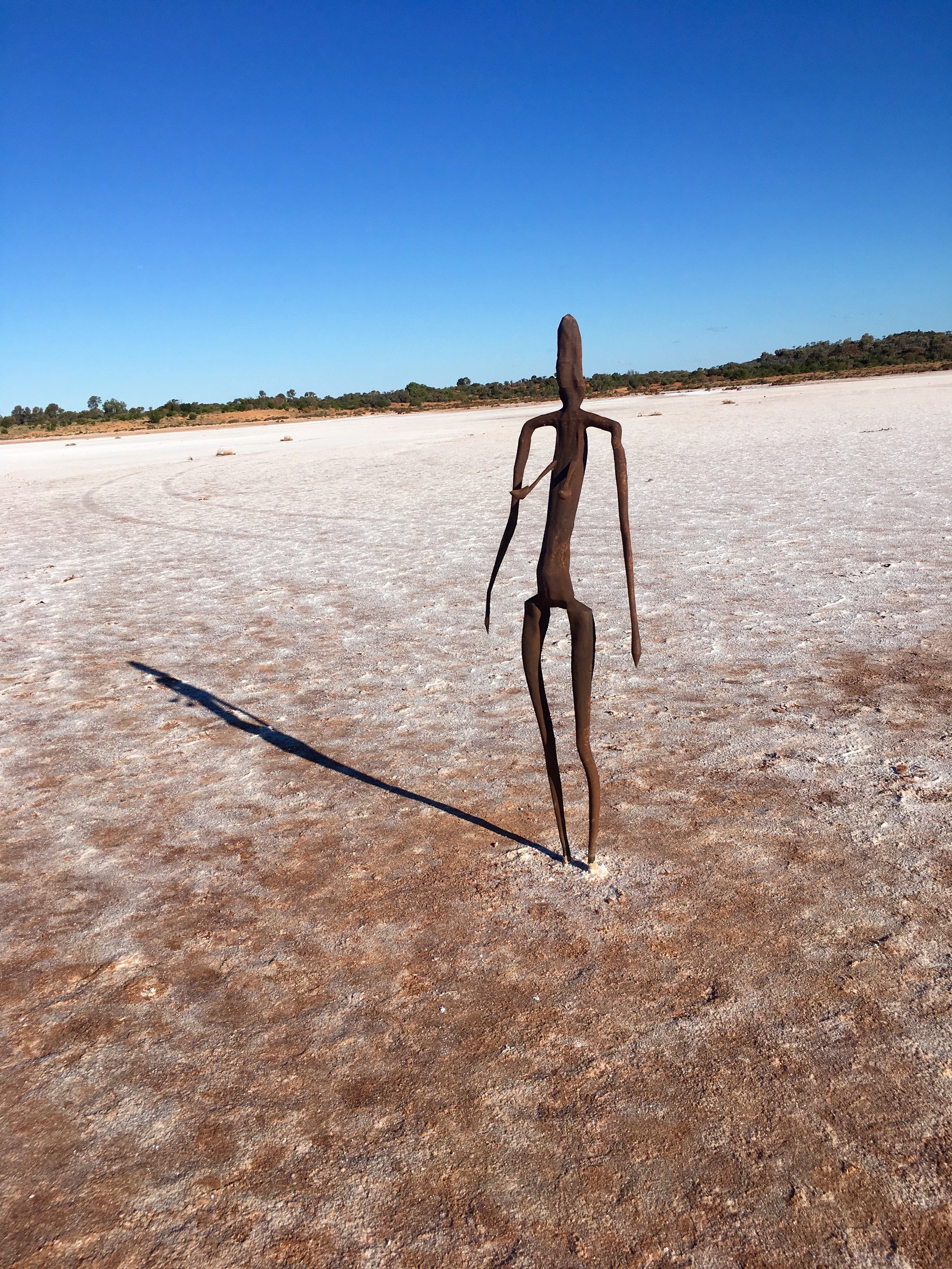
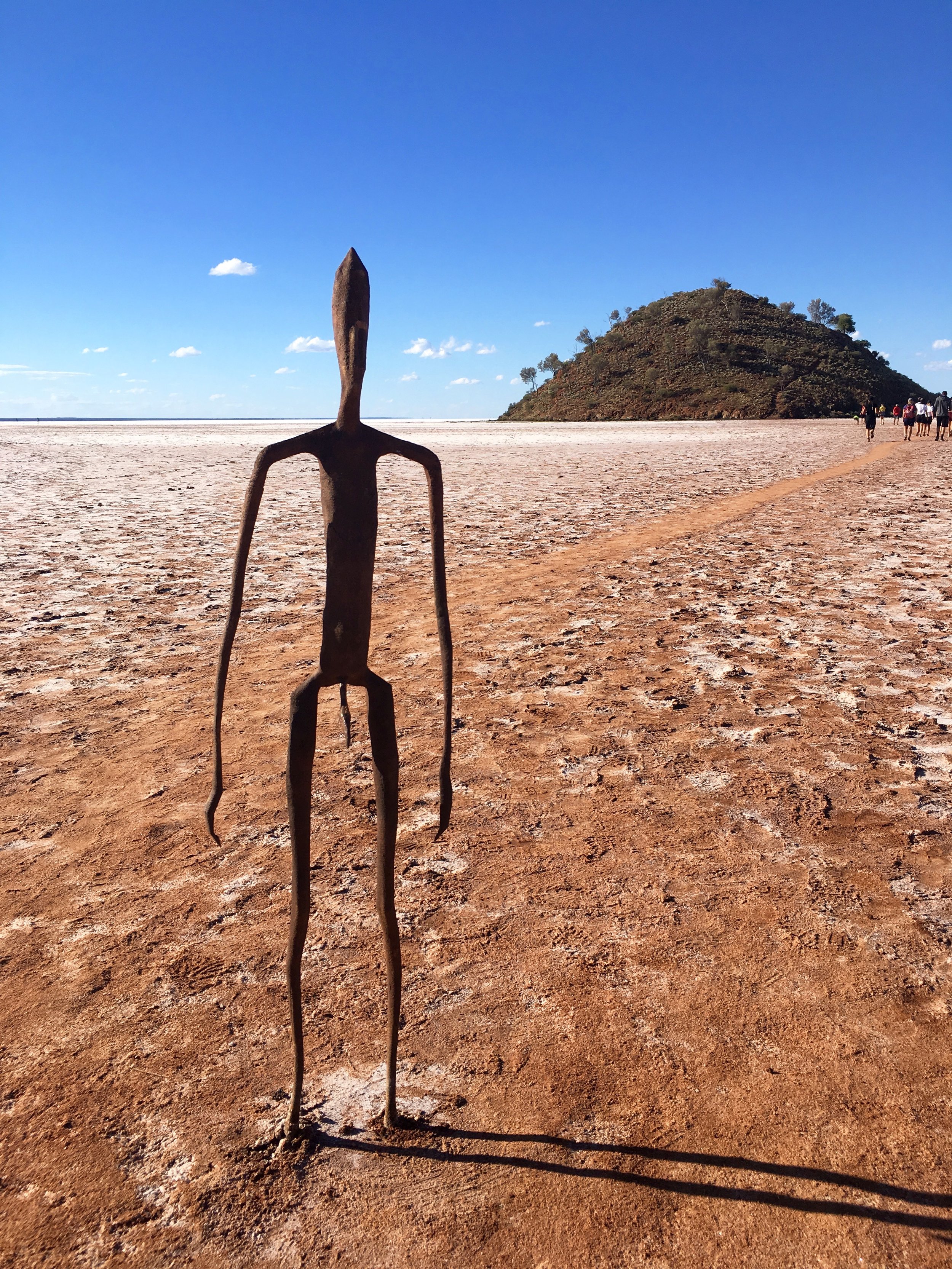
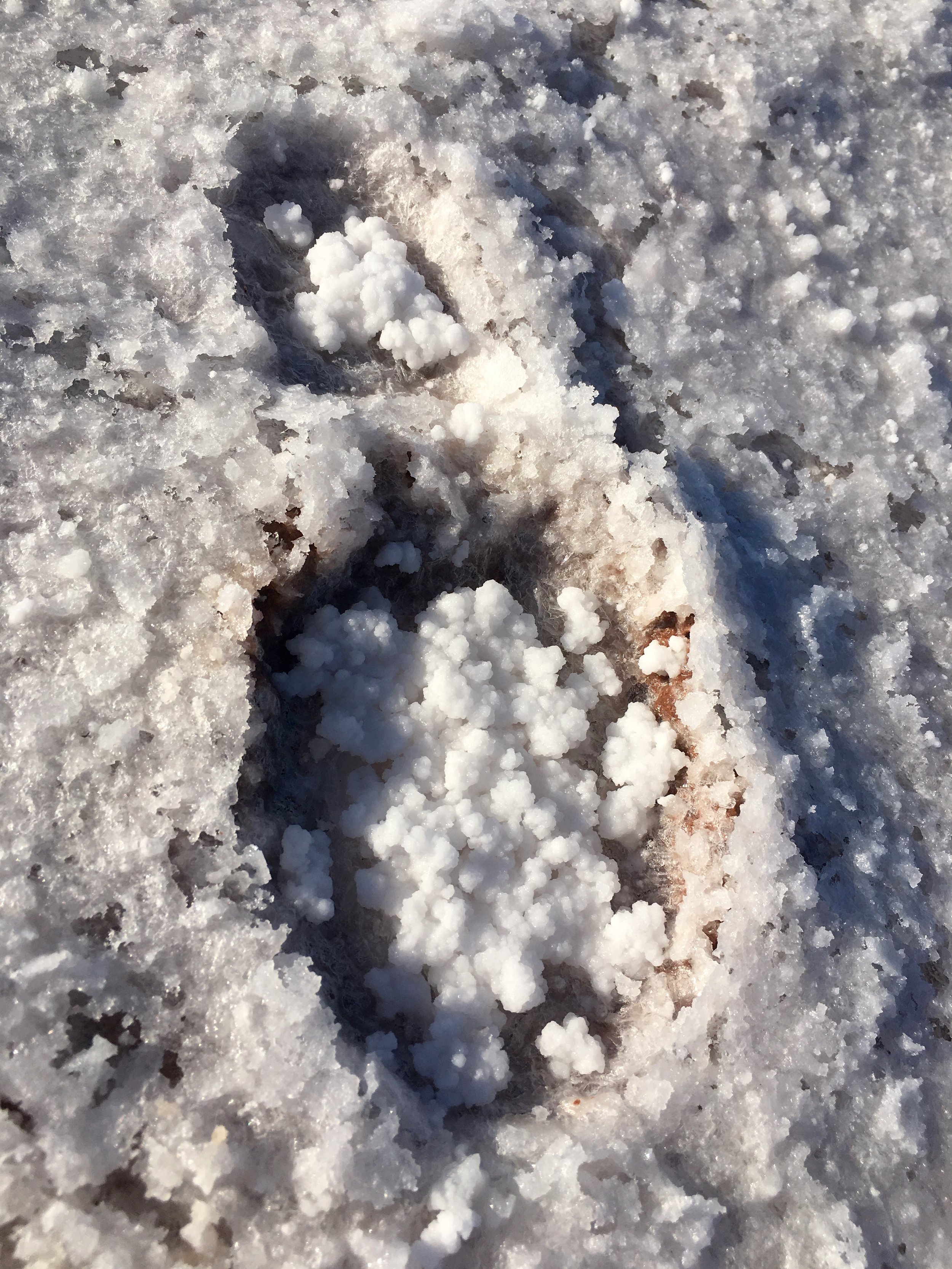
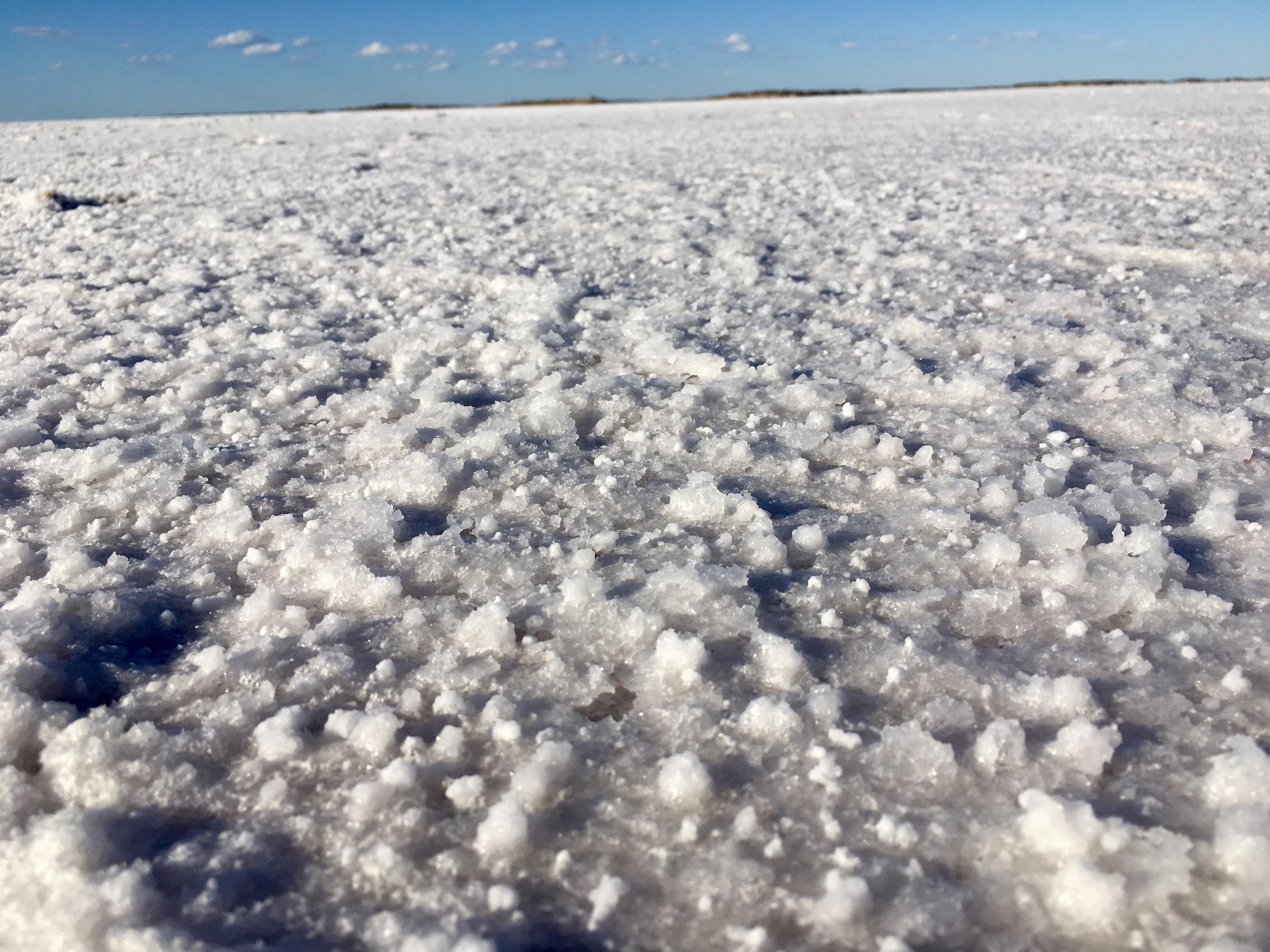
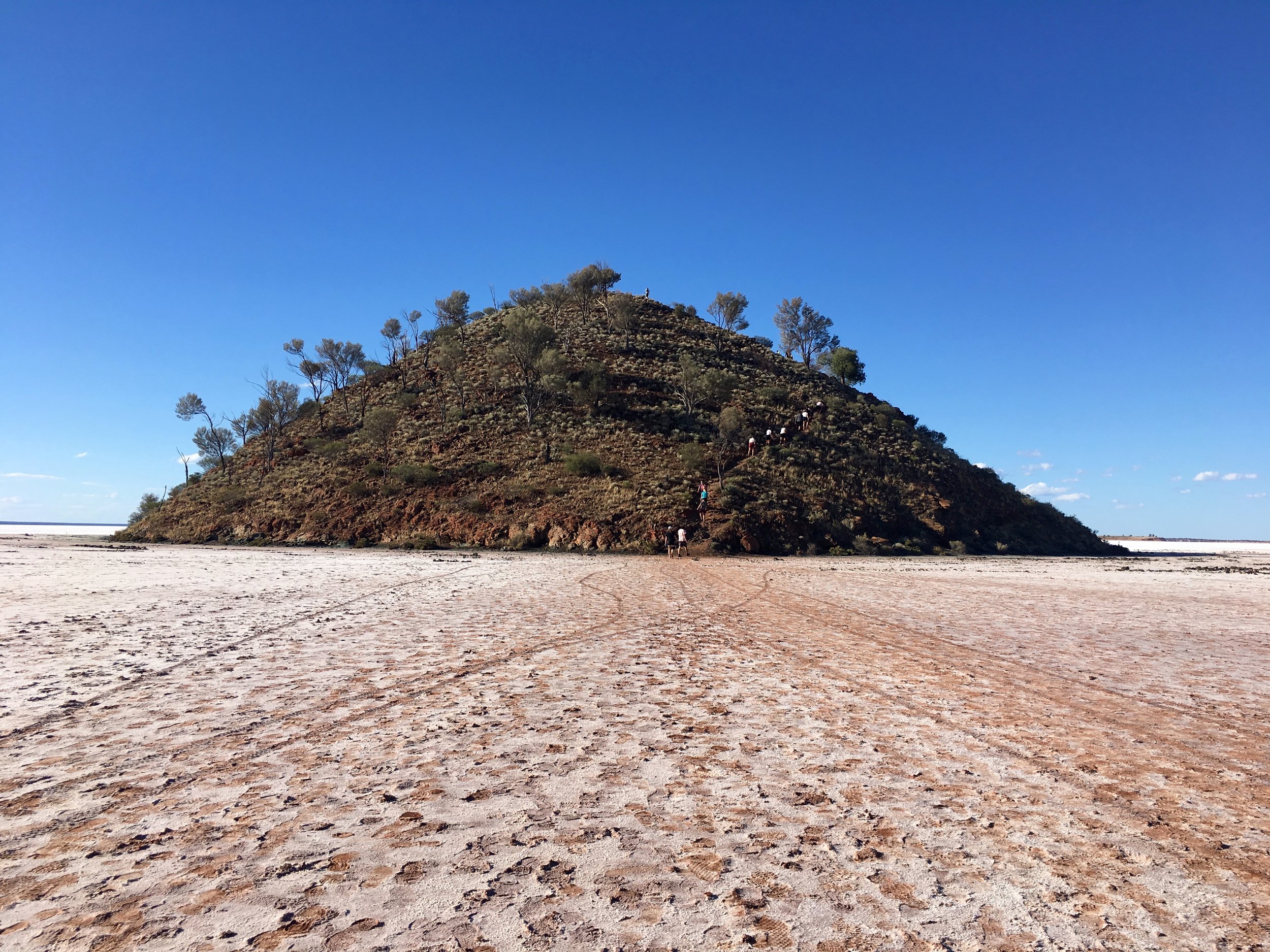
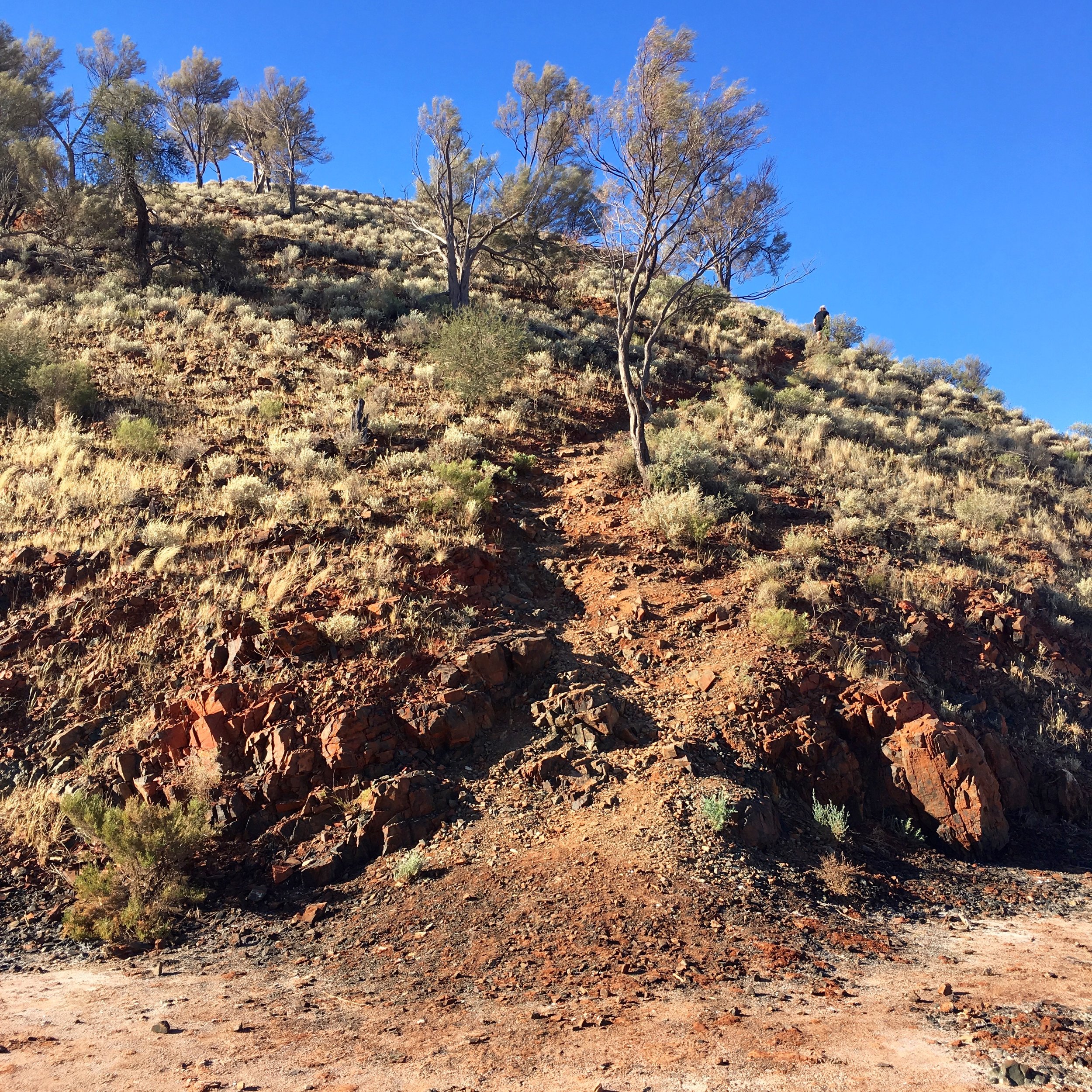
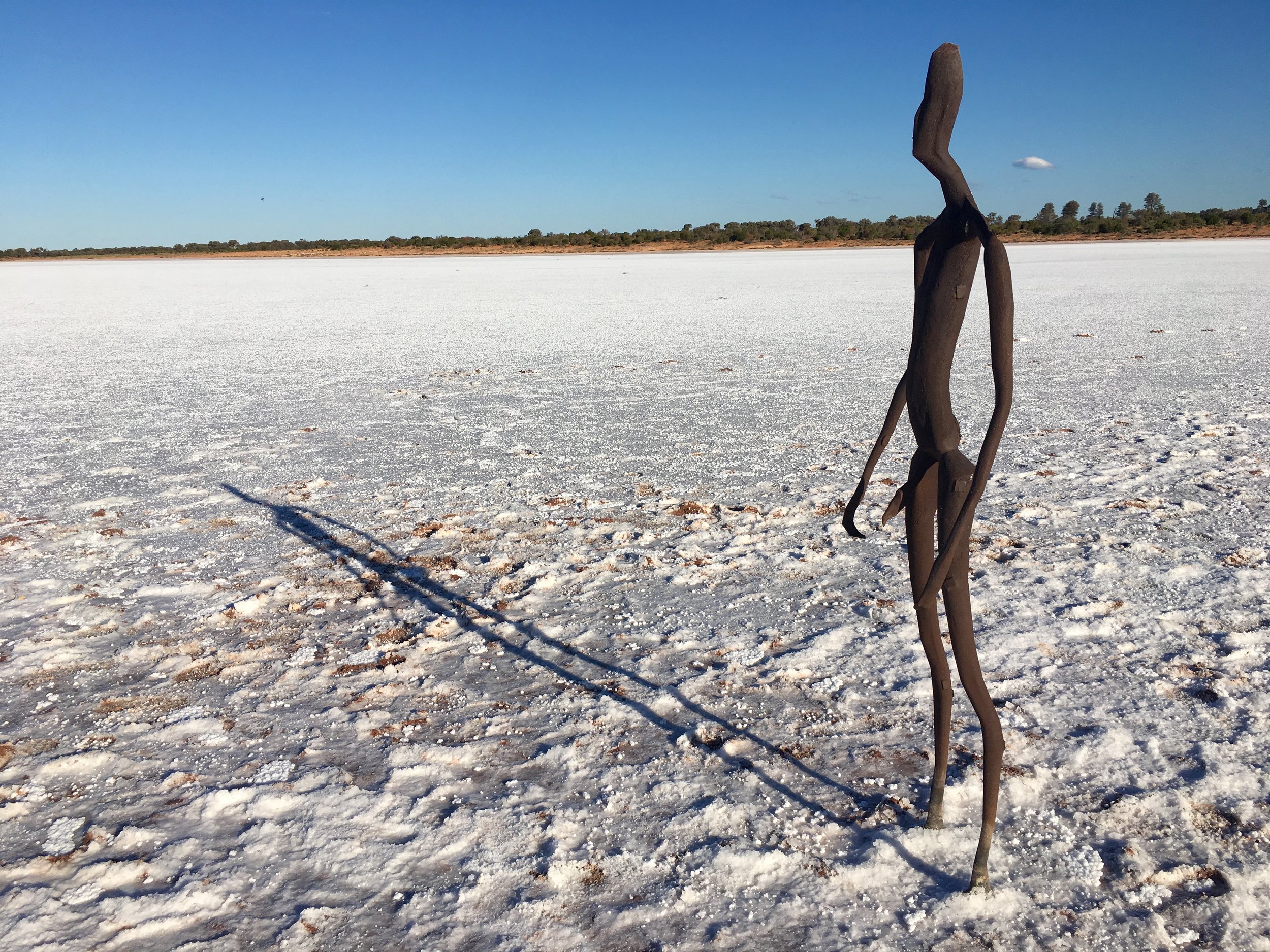
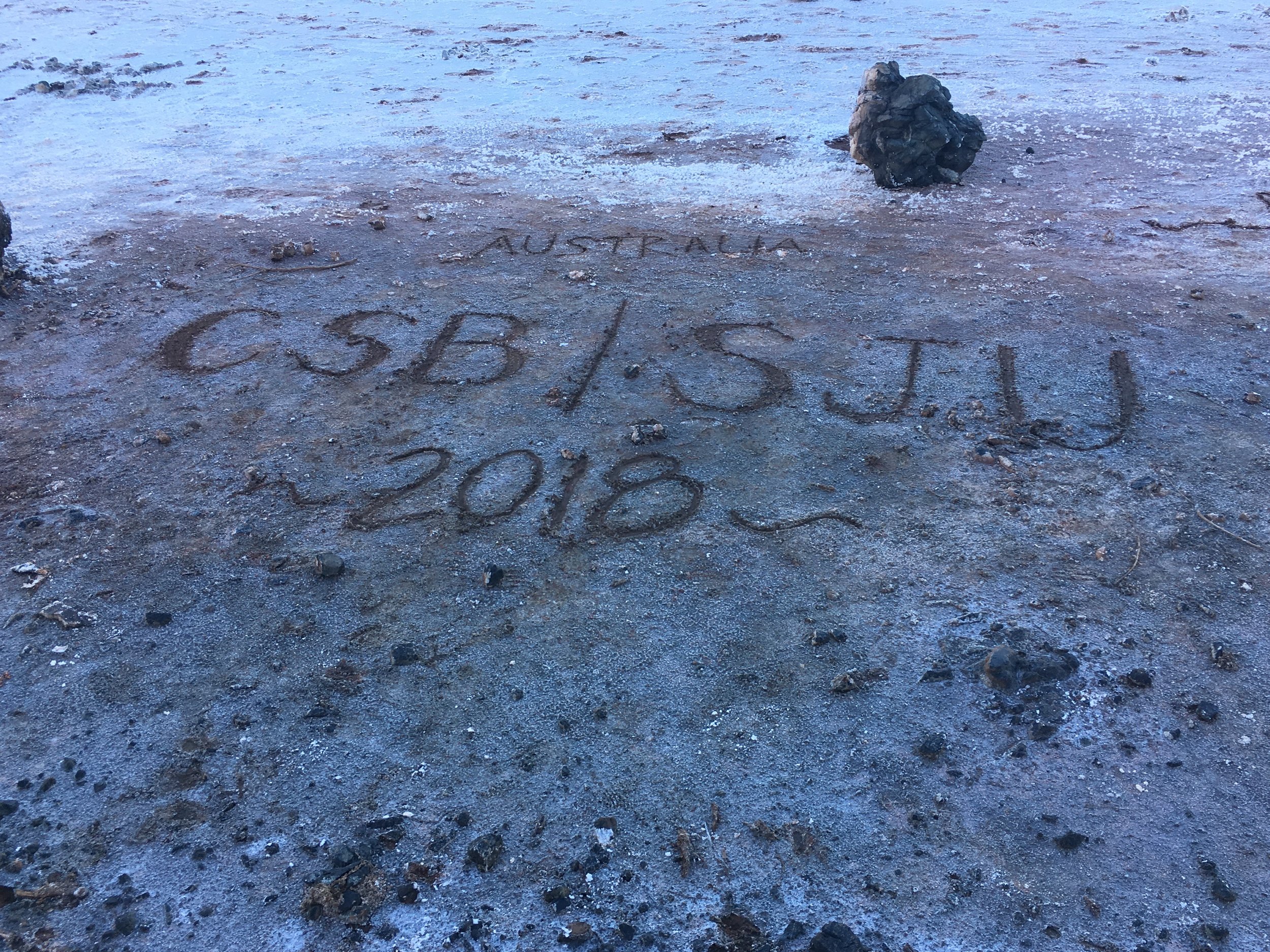
We returned for our last night at Maropoi Station and one of the men showed us a goanna he had shot. They were planning on cooking it the next day so we didn't get to partake, but the boys loved getting a picture!
What an experience!
My parents stayed at our apartment while we were on the outback trip. (More on the adventures of Stan and Jackie in Australia in the next post!) When we finally got home on Friday just before midnight wanted to tell them everything we saw, smelled, heard, tasted, felt, suffered through, and were awed by; but it was too much. There was no way I could adequately convey what we experienced, you just had to be there. Hopefully the pictures tell at least part of the story.









































